We sat down with Bigup DJs to talk about the next wave of Drum & Bass and Jungle and their individual origins in an extensive interview with the Jaeger residents.
At Øya 2024’s Klubben stage the rain might be coming down, but the outside dance floor is full of animated bodies. People are stomping in time to 160 beats per minute and more as Sherelle plays an eclectic mix of Hardcore, Rave and Jungle. On occasion a hint of some familiar melody evokes a memory from another time, before it’s consumed by another pummeling break and a draconian kick.
Behind the DJ, Nia Archives is bouncing in unison to the rhythm, much like she did at her own set earlier that day for the Hagen stage, where she infused elements of Jungle and Drum & Bass with saccharine melodies of her vocals. I see Trond aka Drunkfunk from Oslo’s Bigup crew in the distance and I’ll see him again later that night playing a packed Jaeger basement ahead of the Metalheadz showcase. It becomes evidently clear that Drum & Bass, Jungle and those harder UK sounds are enjoying a moment right now.
It’s been on an upward trajectory for some years, but as DJs and artists like Sherelle and Nia Archives enjoy some much-deserved love from audiences the world over it appears this UK club phenomenon is reaching a height of popularity it hasn’t seen since it’s heyday, back in the early nineties when Metalheadz was in its infancy at London’s Blue Note club on Sundays.
There have always been dedicated audiences and scenes, but it’s remained an underground pursuit for the last two decades and it’s only now with a younger audience that we see it rising into public consciousness and even flirting with the mainstream as new artists like Kenya Grace and Luude breached the charts and old heads like Chase and Status found new fame and audiences off the back of the newly heightened popularity .
For every newcomer or resurgence however there have always been a steadfast few upholding the spirit and sound of Drum & Bass and Jungle and in Oslo some of those few are Bigup. Made up of Drunkfunk (Trond), Fjell (Niels), Tech (Svein) and Simon Peter, Bigup has become something of an institution when it comes to Drum & Bass and Jungle in the city. Alongside other crews like Skankin Oslo they’ve been sounding the clarion call for the genre consistently.
Since 2021 Bigup has been a steady presence at Jaeger, with the crew playing at least one Wednesday a month. While they’ve called Jaeger home, they’ve also become the stalwarts of the genre, playing individually at other events or concepts, like their warm-up for Andy C at Rockefeller. That event saw 750 enthusiastic patrons fill the venue in what Trond described as “the first time that there had been a Drum & Bass event at Rockefeller for a long time.
Alongside events like Chase & Status at Vulkan, which they believe could have filled that venue twice, Bigup believes that Drum & Bass and Jungle is “coming back again to a time when it was fresh. It has reached remote locations like Trondheim with Tronderbass. It is currently flourishing in Bergen, where Norwegian Drum & Bass legend Teebee is based. And it continues to only gather steam in Oslo with events like Mira Mark’s Ladies First; an all female lineup featuring everything from Drum & Bass to Garage.
In lieu of its current popularity there have always been people like Svein, Trond, Niels and more recently (well, 12 years going strong..) Simon, who have been the unwavering pillars of those genres and this community throughout it all.
In what has been a long-overdue event, we finally sit down with Bigup to talk about their origins, the current state of Drum & Bass and how we all got here.
Check out Bigup’s future dates here
Svein, as the most senior member, you probably have the first memories of Drum & Bass and Jungle making its way to Norway. Do you remember your first encounter with it?
Svein (Tech): I can ‘t exactly say. For me it started with the Rave / Hardcore scene, going over to Jungle and then Drum & Bass.
So you were going to/ playing at those raves when they were happening?
S: Yes. I moved to Oslo in 1994 to get into the music scene and by ‘95 I was playing at these raves.
Were you playing Jungle by that time?
S: Jungle and D&B
What were those raves like?
S: Mostly small parties, but we also had a few parties with lots of genres including Drum & Bass and Jungle. It was a small scene in the beginning
Trond (Drunkfunk): I remember seeing the posters and they had Ed Rush and Grooverider at Rockefeller back in ‘97.
S: Yes, I was there, helping with promotion, and playing in the back room at Rockefeller..
Were there any clubs back then catering for Drum & Bass in Oslo.
Niels (Fjell): Wasn’t there Jazid?
S: Yes, Jazid was the first proper club I played.
What about Headon, because I know Tony Anthun (Future Prophecies) was a resident there at that time?
S: Yes, Headon was good, but not a lot of Drum & Bass there.
Simon, this was before your time.
Simon Peter: I was still in diapers!
T: I went to Headon one time in 1999. I had come straight from Roskilde and I was very excited to tap into the city life before moving to Oslo, but I was under-age, and I politely left.
They didn’t have to ask you to leave? Was that your entry to Drum & Bass, going to festivals like Roskilde?
T: My entry was going to Blå in the late nineties. I liked a lot of music, especially Jazz and fusion Jazz. Unlike Headon they would let in 18 year olds. The trick was to hang around the concert. I would see Future Prophecies, Teebee and the first time I saw Svein.
S: I did warm up for Future Prophecies after the Jazz concert there and I remember playing only jazzy Drum & Bass to adapt to the crowd.
T: I also ended up going to Jazid, that was my first real club experience. Before that, it would have been radio or Roskilde.
Was it Norwegian radio?
T: It was mostly P3 (Norwegian national radio channel). I have a fond memory of DJ Friendly playing Teebee’s track “Fingerprints” during prime time, saying that he was one of the top ten Drum & Bass producers in the scene.
So there was a little scene at Jazid around this style of music. Were they mostly people coming from the Rave scene or was it becoming its own unique thing?
S: Jazid was an institution. There were a lot of people coming there anyway. It wasn’t always about what kind of music was being played, people just liked the club. I guess many people were introduced to Drum & Bass in that way.
I’ve been reading the Dancing Viking book, but I haven’t gotten to any parts about Drum & Bass yet. It appears to have been more of a scenester place.
S: Yes, but they also had the record shop and they sold a lot of Drum & Bass there. I was always there.
Trond, by the time you get to Drum & Bass and Jungle there were already installed in the collective psyche as genres. Your experiences would’ve been very different.
T: We were a very eclectic generation as well listening to a lot of different stuff. I definitely remember Teebee and Goldie playing at Betong (Chateau Neuf), which was a student party. There was a good spell in Oslo at that time. I always appreciated the Oslo clubbing scene for having smaller clubs. I would frequently go to Sikamikanico; there were Drum & Bass parties at John Dee; and of course Svein was part of the institution I looked up to, The Oxygen crew. They won the Natt&Dag award for best club night at some point.
As one of the eclectic generation, what was the spark to push you into the direction of Drum & Bass and Jungle as a DJ?
T: I tend to collect and I can’t collect it all, so sticking to one genre was a good idea. It was easier to mix together and I had to learn all those skills.
Niels, you grew up in the Netherlands and Drum & Bass had a big presence there during its heyday. What was your introduction to the scene here in Oslo though?
N: I grew up in the Netherlands and came here in 2007. I remember Sikamikanico during the same period, Club Pi and some random places.
You were already a fan of the genre then?
N: Yes, the first time I heard jungle was in ‘93. I had a classmate whose father always travelled to the west of the country (I am from the east – which was quite rural) and he would always bring us compilation CDs with stuff he thought we would like. Somehow he found a Jungle compilation CD. That was my introduction to Jungle and Hardcore House and the Gabber scene grew together in the Netherlands. Often there was a club with several floors where one would have Gabber and another would have a Jungle stage. That is when I first experienced the power of the music, because of the bass. You couldn’t get that through a set of cheap headphones.
That’s the revelation, right; hearing Drum & Bass or any club music for that matter through a big soundsystem.
N: Even though I was only 12 when I first heard it, I knew older people from my neighbourhood that would listen to boom-bap mixtapes so I was exposed to that kind of deep and low bass sounds already, but the first time you hear Jungle you don’t understand how people can dance to it.
At one stage there was a big scene for Drum & Bass and Jungle in the Netherlands. Where was it focussed?
N: As a student, I lived in the Hague, and I went to Amsterdam but I mostly went to Rotterdam. You had the black-out nights in Utrecht and that’s probably still going as one of the oldest Drum & Bass club concepts. I do remember there was a big draw around 2006. It always comes in waves.
S: That’s true for Oslo as well.
Except in eastern Europe. I recall Teebee telling me he was playing for 20 000 people over there at a time when Drum & Bass wasn’t that popular elsewhere.
SP: They’ve always loved it, they like the energy.
Simon Peter, as the youngest person in the crew, your introduction would’ve been totally different.
SP: I’m from the Internet generation so for me it was Youtube, iTunes and podcasts etc. I started listening to Drum & Bass in 2005 (I was 16). Unlike the other guys, I just got into the sound from the safety of my own home. Later somebody played Benga and Coki at a party at Hausmania and I was hooked on the early sounds of Dubstep as well as DnB.
Then I found out that there were people playing Dubstep at Revolver, which really inspired me to start mixing myself. My brother (rest his soul) was into the whole Blitz scene, and also very eager to play DnB, so we started our own thing at Taxi Takeaway & Maksitaksi, playing Drum & Bass and Dubstep almost every weekend!
And when you say we…
SP: It was me, DJ Apecat, Thismeanswar, lug00ber and xeche.
T: …and I was a guest.
N: We all were guests there at some point.
SP: At the time, we had every Friday and Saturday if we wanted to. It was a really hidden kind of place. I didn’t have the club revelation these guys had, we kind of made it ourselves.
Did you get people to come through every Friday and Saturday?
SP: It was the kind of place you would stumble into. Some nights you would have somebody reading poems and playing acoustic guitar, and then up next it’s Drum & Bass. It had a very good, yet unpredictable vibe.
I’ve noticed in Norway that breakbeat is a very hard thing to sell to a dance floor, even at slower tempos. You end up losing half your dance floor, because they seem to be unable to recalibrate.
SP: Exactly. Drum & Bass is more challenging, it requires all of your physical being.
N: Breakbeats, Drum & Bass and Dubstep is a very nerdy scene. Half the audience seems to be DJs or producers.
T: All soundsystem culture is definitely about listening to the sound system, which is why it’s mostly an out and live experience. I remember the dubstep parties at revolver being very lively; a lot of students would go there. It was very big when Skrillex was doing Spektrum.
SP: That was a very short moment in time, when it had its peak.
T: The age limit at Spektrum was under 18, and maybe this has been one of the problems for Oslo in the club scene, the age limit. At least it used to be quite high, and I’ve always been a believer that past 23 you’re probably not going to recalibrate to a whole new tempo and style.
N: Those are the most formative years. At 18 you leave the House and by 23 most people are finished studying.
T: And I’m pretty sure that in eastern Europe you can be exposed to sound systems at a much younger age.
Being that you’re from different generations and even countries, how did you all meet in the first place?
T: I met Svein in my formative years, when his hair was a small ponytail. I found the scene to be very open-minded and welcoming. I made my first Oslo friends through this scene. We all got together as Bigup after the closure of Maxi Taxi. Svein, Mira Mark and I were residents at the Villa at Room101 with DJ Subway, who ran that for 10 years. It was during a hiatus from that that we all got together, taking it back to scratch.
Was there a big audience for it when you were doing Room 101?
T: Absolutely. It sounded a lot different from what we play for the Jaeger crew today. It was heavier, because Drum & Bass was heavier and people reacted positively to that then. Right now it’s more Jungle, roller or liquid inspired. The setting was also different. DJ Subway was legendary for his heavy-metal inspirations.
When did you all start calling yourselves Bigup?
SP: I didn’t really know these guys, but I would see them play, hanging out in the back. It was Niels who invited me.
N: I was playing in a band and the guitar player knew somebody working at Oslo Sports Bar. They were looking for people to play one night a month. It was actually Trond who came up with the name
T: Now it’s on the record!
N: We forgot to invite Svein the first two times, but he was there as a guest already.
S: I played as a guest two nights and then I was asked to join.
T: It was a nice warm-up slot, from 20:00 – 00:30. (Everybody laughs)
SP: It was shit. Some nights we would arrive and we couldn’t play because there was a football match on.
N: Oslo Sports bar eventually went bankrupt…
SP: …Thanks to us…
N: And then we went to Naboens. Almost exactly when the pandemic started we were offered the backyard at Jaeger for Wednesdays, once a month.
T: That was Wednesday, the day before everything shut down. It was a very bizarre feeling.
What a great time to start a Drum & Bass night! Since then, or since after the pandemic, we’ve seen a trajectory in the interest in Drum & Bass and Bigup. Is that your experience too?
SP: One hundred percent. Not only here, but also playing at other venues or raves. I remember playing DnB at rave parties about 7-8 years ago, people sometimes gave us weird looks or stopped dancing. Now you can hear Techno, House, DnB and all different kinds of genres at the same gig. People are much more open to different experiences and styles. The scene is definitely changing.
I guess people have all this music at their fingertips now. Like Trond mentioned earlier, you had to be selective with the stuff you bought back in the day, but now you can just stream or download it and it’s right there.
T: It doesn’t take up a shelf either.
N: With the production quality of tunes nowadays, it makes a big difference. If you played a fast and loud Drum & Bass tune, it sounded messy compared to today. Things breathe more now, even if it is a faster and louder tune. Also the sound systems are better than they were 15 years ago. People can enjoy it more instead of just waking into a room and getting blasted with sound. That was always a big threshold for people to get into Drum & Bass.
SP: And of course, this venue (Jaeger) makes you select tracks that don’t punch you straight in the face. Maybe between 2-3AM the energy level is quite high, but we try to ease into the night. It’s usually very approachable; groovy tunes with samples that you might know from other more popular/classic tracks.
T: Because Drum & Bass is 30 years old, you have some great sounding older tracks that can be played again, but back in the early days it was always about playing the freshest track. I don’t think kids today have that same need from Drum & Bass.
Can you still play those older tracks in the context of the modern sound system and alongside newer productions, especially Niels with what you were saying about the harshness of those older tracks?
N: Definitely. It was that period between 2000 and 2010 when things got harsher, but before that, and after that you can still play those tracks.
SP: You can still find a slot for those older high energy tunes of course; maybe not 10 of them in a row.
With what we saw at Øya this year with Nia Archives and Sherrelle, there certainly was a lot of energy there, and there seems to be a focus on this style of music again in the mainstream too. Svein as somebody that’s been there since the beginning, how do you compare this period we are in now to other times it was popular?
S: It’s hard to say, because yes there are ups and downs, but we have been going to London each year and seeing that it’s always still been very much alive over there. We just couldn’t get to function as well over here, because there are just not that many people in the scene.
I’m maybe the guy playing the oldest tracks, because I´m still playing vinyl only, and there are just not that many many releases on vinyl anymore. I have to dig a little bit deeper in the collection.
Are you still digging for older tracks and finding them?
S: Yeah, very much so.
Are you finding new releases on vinyl still?
S: It’s getting harder, and more expensive. But I have to buy some new stuff as well. I’ll order it online, but I then have to wait for the vinyl to arrive, which could take several weeks.
T: And by that time I’ve already rinsed the digital version.
Techno has the 909 and acid a 303 and what a lot of modern producers are doing is either using those stock sounds. Is there anything in Drum & Bass that is comparable?
N: An 808 bass drum as the bottom end.
T: The sound of the amiga made Drum n Bass and Jungle sound great. They always pushed the gear to the limit.
SP: As for physical machines there were the Akai samplers. And of course tracker software running on amiga and other computers. In the later years DnB’s evolution has been much more software driven.
It seems that it’s more technologically driven than even Techno. Because when something like the Massive software synth was released, I recall producers flocking to it in droves like it was the only thing they would use.
SP: Massive was the goto software synth for many years. Now Serum is the industry standard.
N: That’s also a wavetable synth, which is sample-based and that case full circle. Drum & Bass has always been about samples. A very good example is Circles by Adam F. That tune is almost only samples.
SP: There are so many nerds producing DnB so it’s always cutting edge.
T: Recycling sound is definitely happening now. Old stuff coming out in a new suit.
I have a theory that because Techno got so hard and fast it was edging into Drum & Bass tempos, the more explorative DJs would then get the opportunity to mix in Drum and Bass in a Techno set. It puts open-minded people from a whole other scene onto this music again.
SP: I agree. The shift isn’t so big, compared to going from 125 BPM to 172 BPM like you would have to do in the past.
T: It’s the same thing that happened in the ‘90s
Do you feel there is something unique to what each one of you brings to the night, or will you often buy and play the same track?
T: I’m probably the least genre focussed. My DJ sets are always a little unpredictable. Sometimes I play music where I even surprise myself. Preparing for a set I’m looking for new music that I’m really feeling, I think Niels’ focus is more on finishing tracks before he DJs.
N: Yes, because I produce myself. That’s one trap I fall into; I want to play my own tunes but I don’t produce a new track a month. I often fall back into the tunes I would like to promote, but it makes my sets sound a bit the same.
SP: We definitely bring our own flavour. Everybody has their own style.
So perhaps a better question would be; what is it about the genre that appeals to you all personally?
T: It shifts with the seasons. Everything from the carnival vibe to the harder darker side of it.
SP: For me it’s the diversity. You have smooth and mellow tracks for just chilling, and on the other hand you’ve got full on rave music, all within the same genre.
T: It’s always been a fusion genre. It managed to stay underground when it wasn’t popular and always manages to rejuvenate the audience.
N: It’s always reinventing itself.






















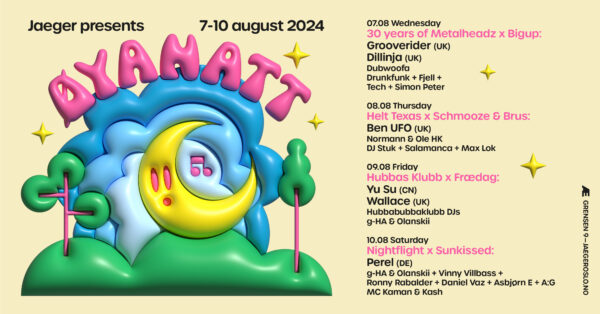
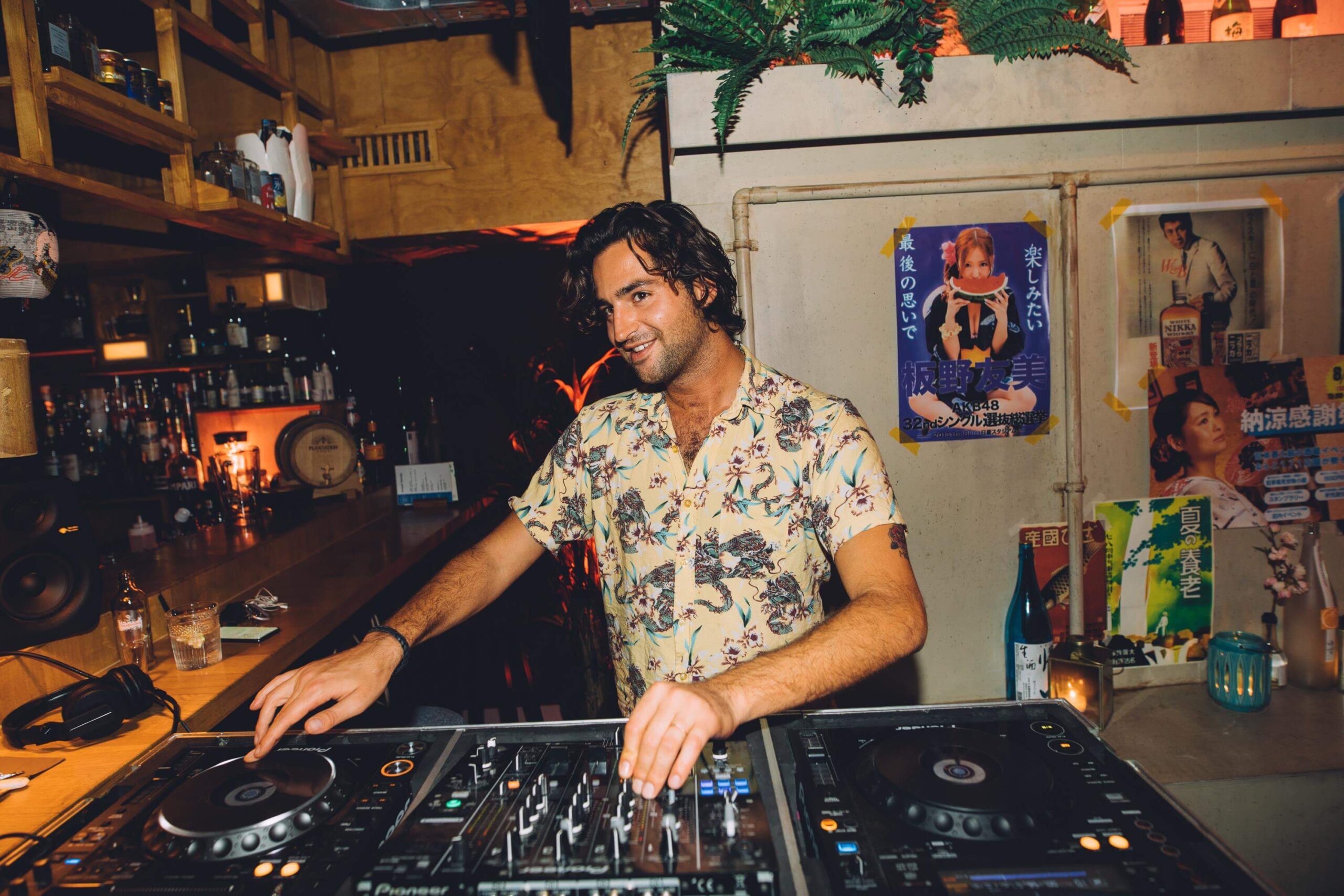
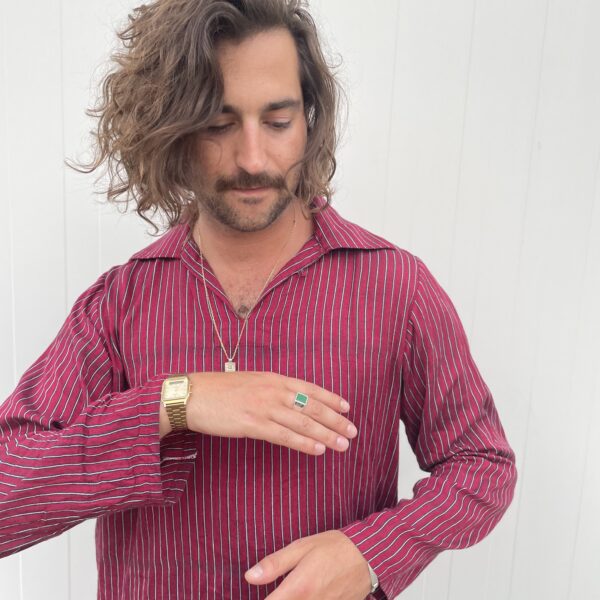
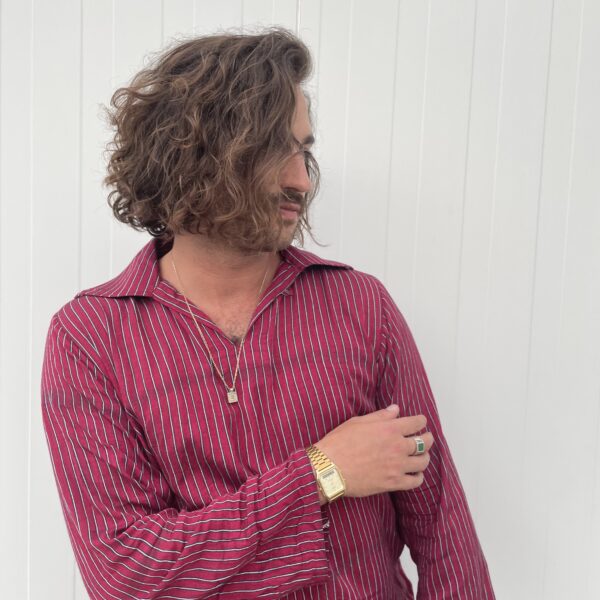









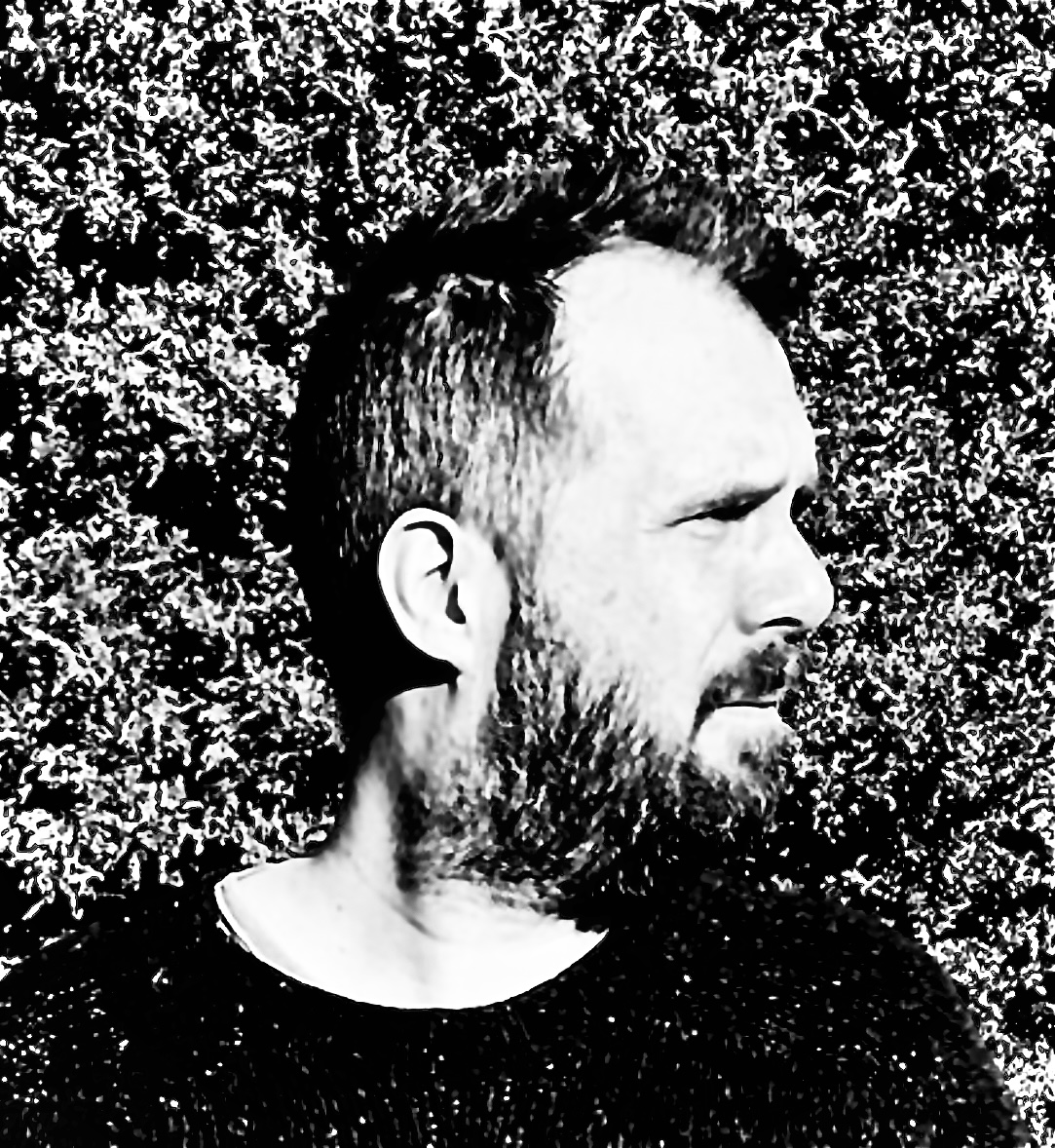

















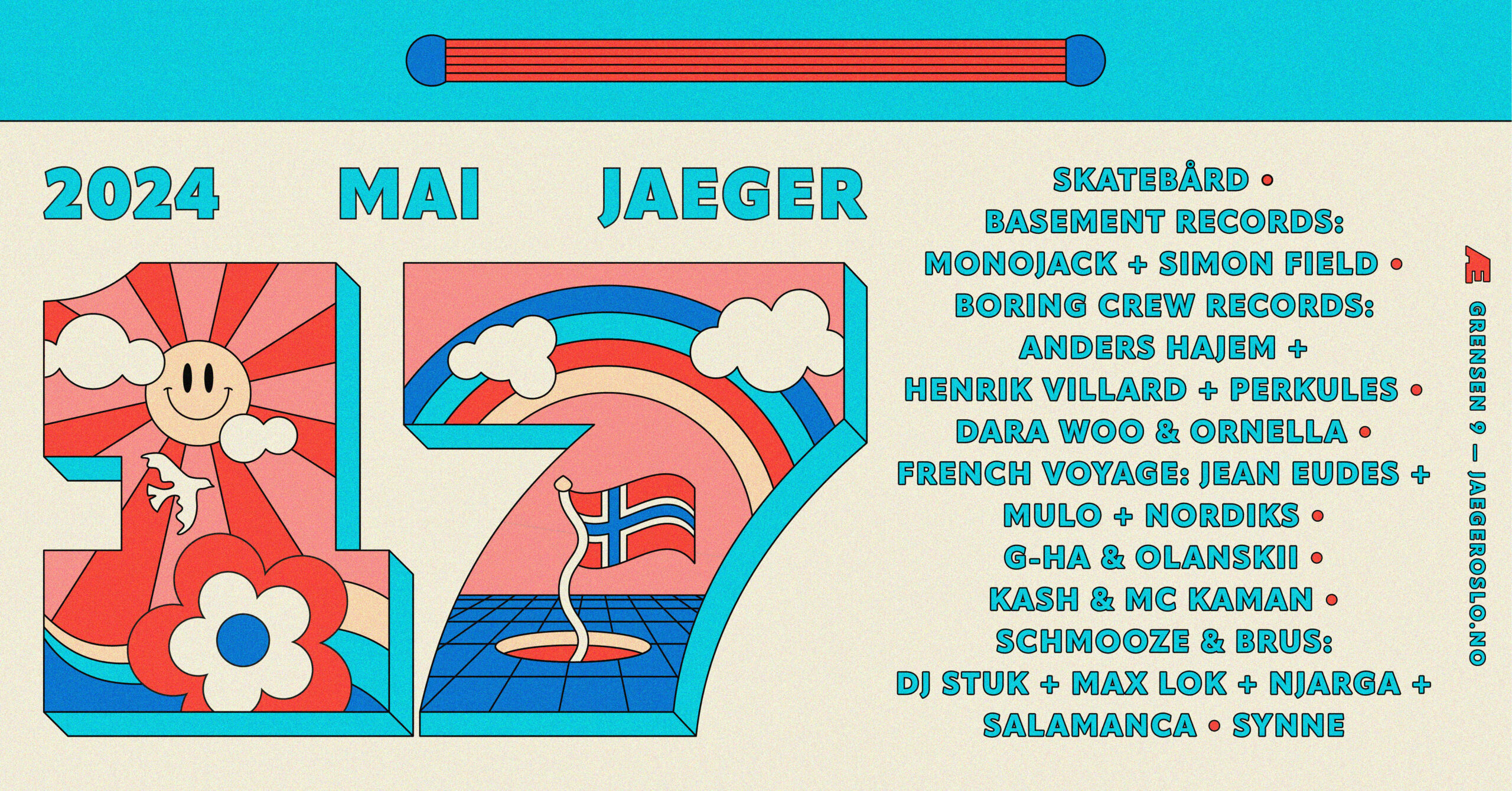


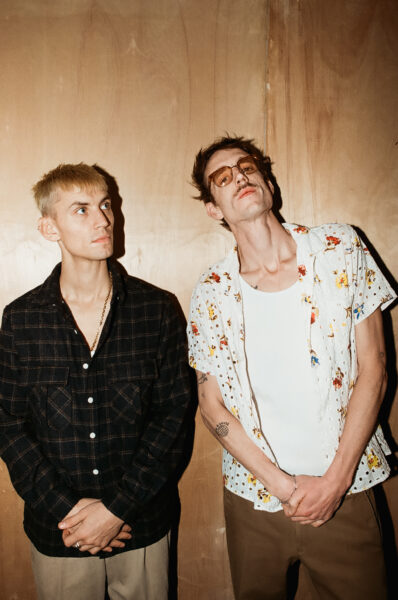
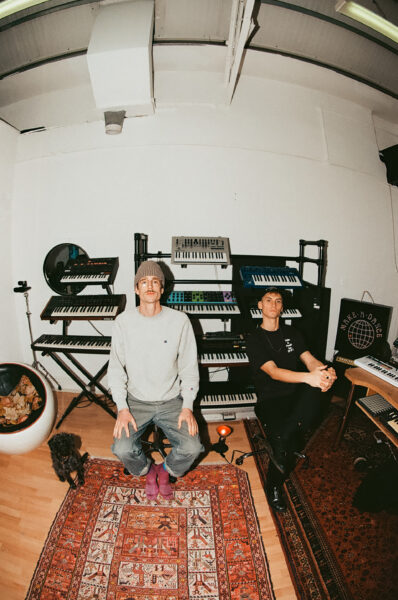









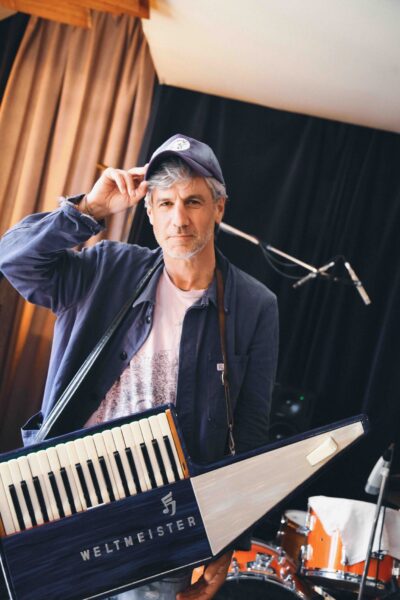


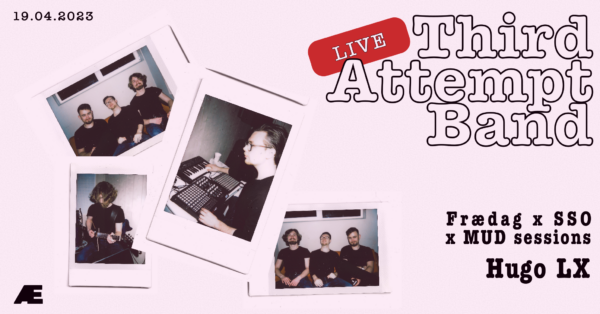




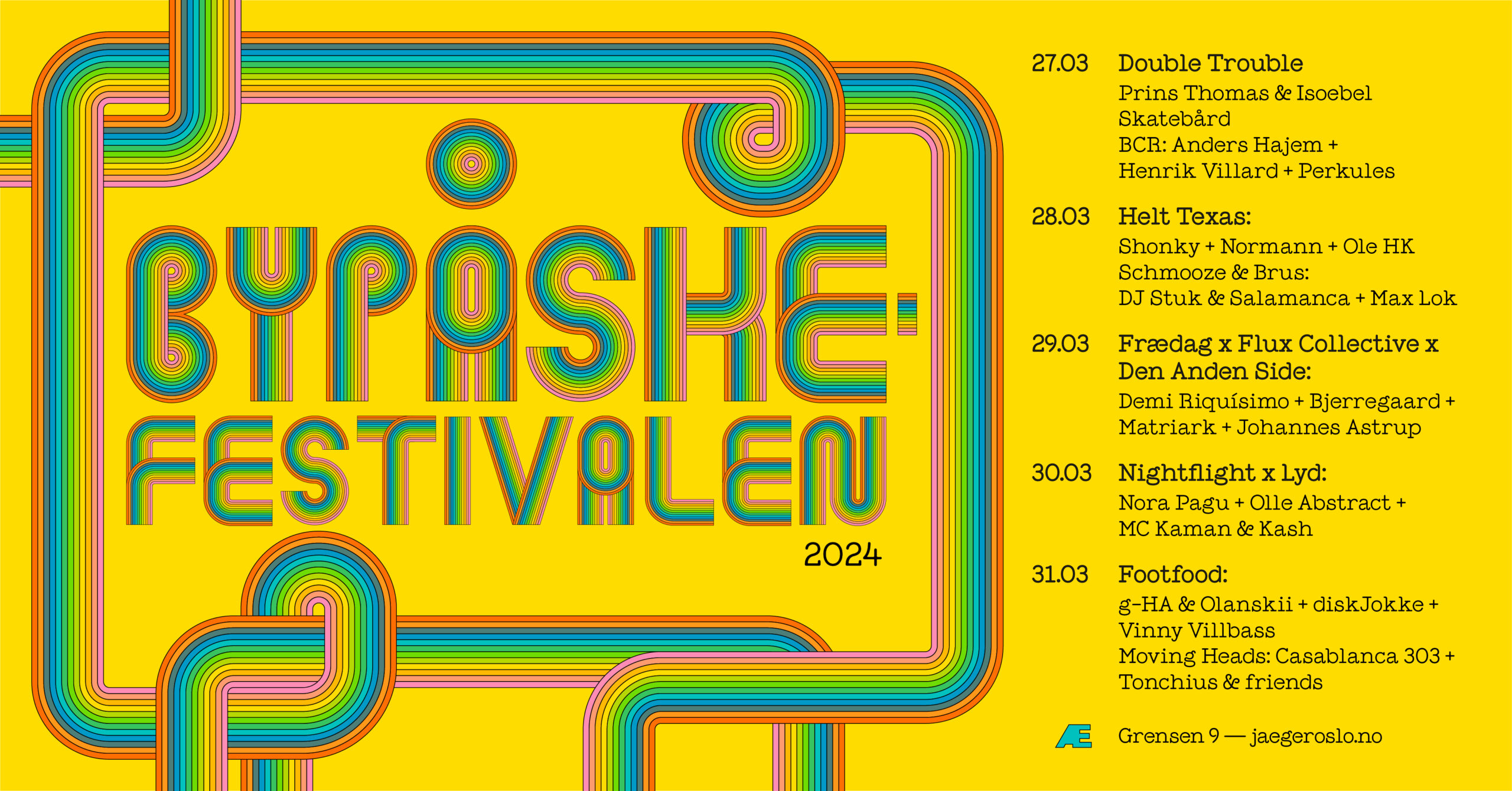




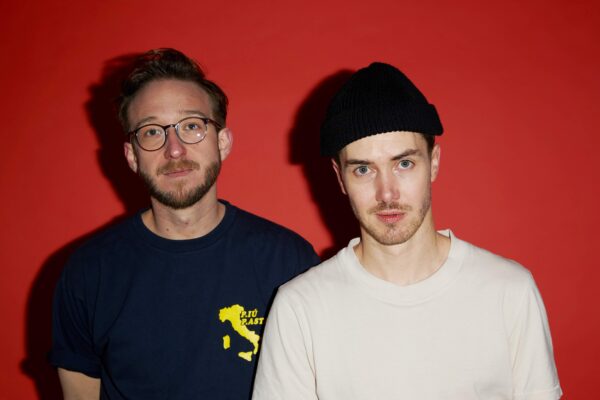


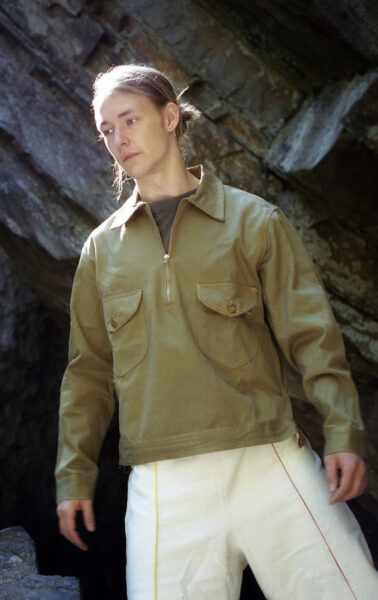





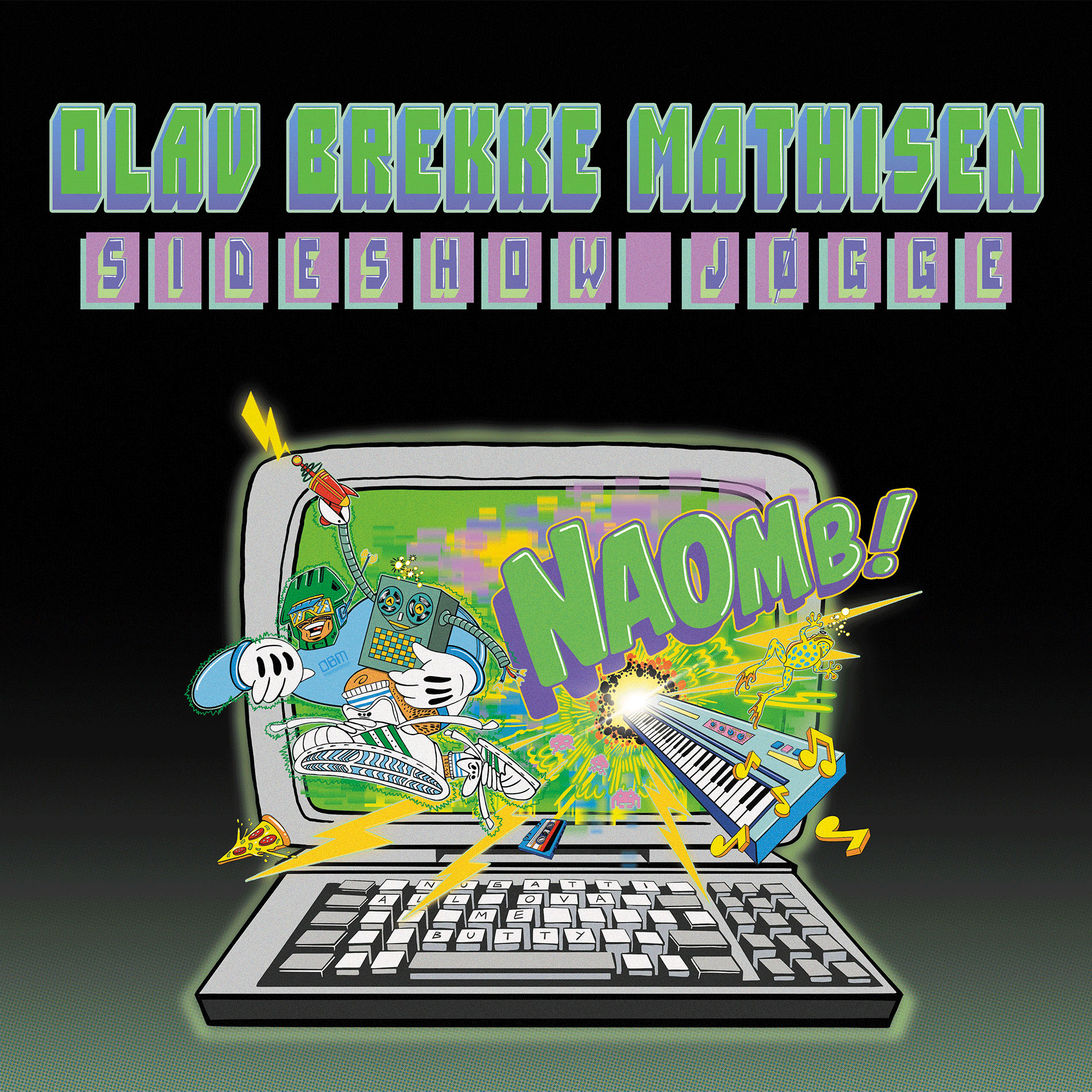




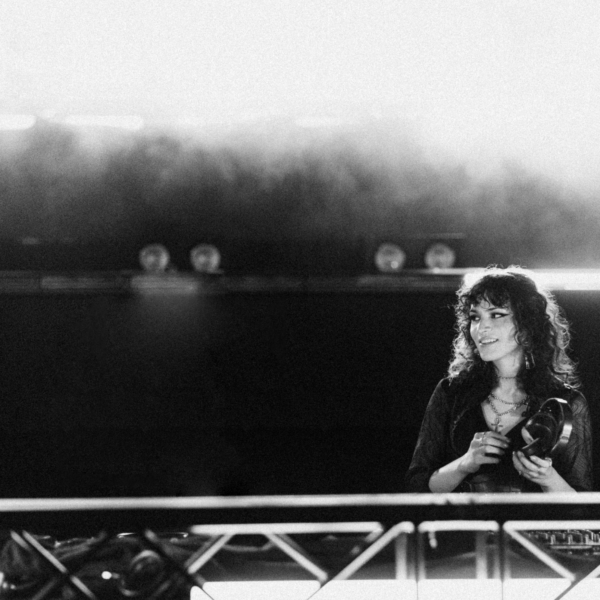













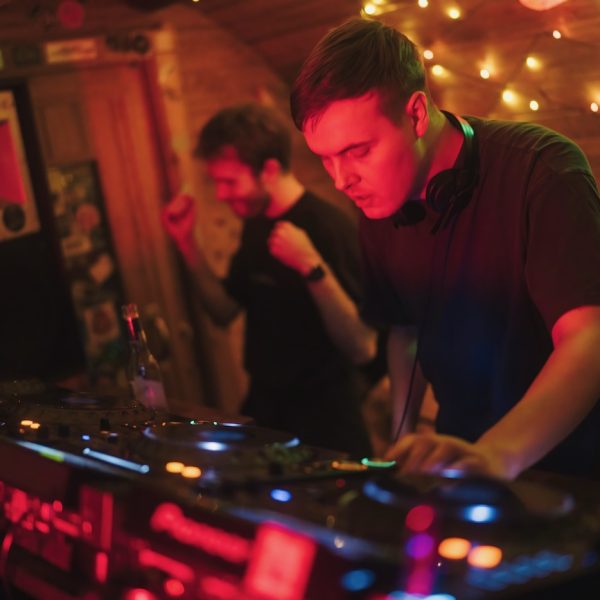














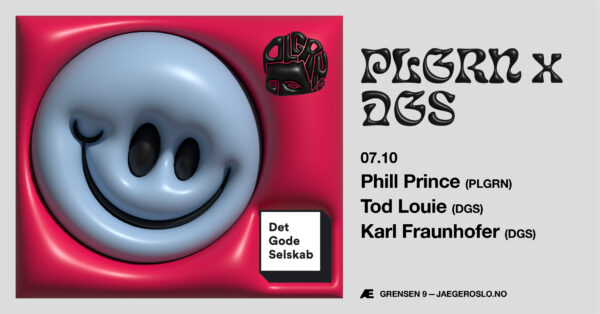







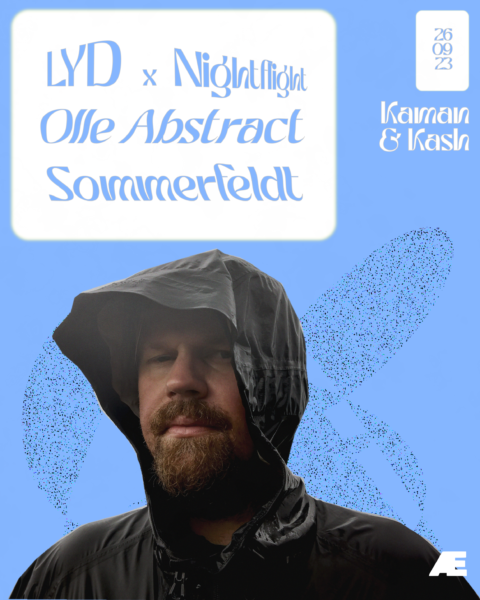 How has it informed your work beyond the DJ booth and in the studio?
How has it informed your work beyond the DJ booth and in the studio?

















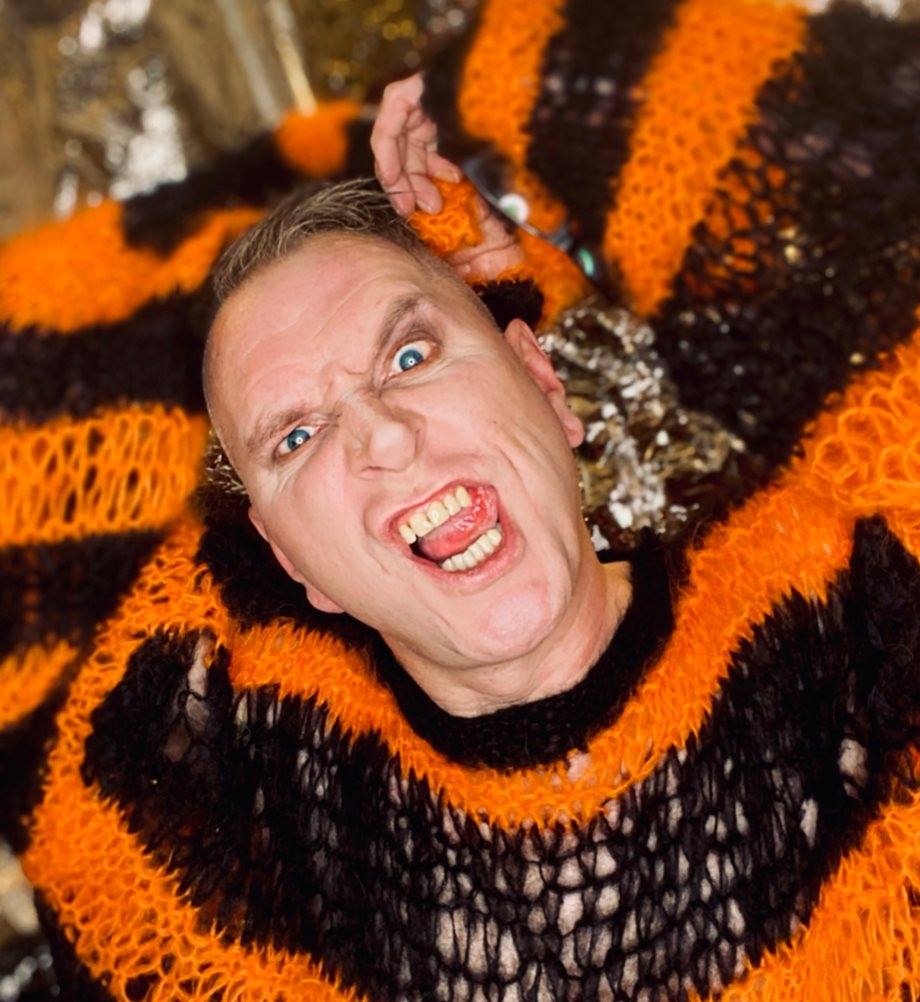



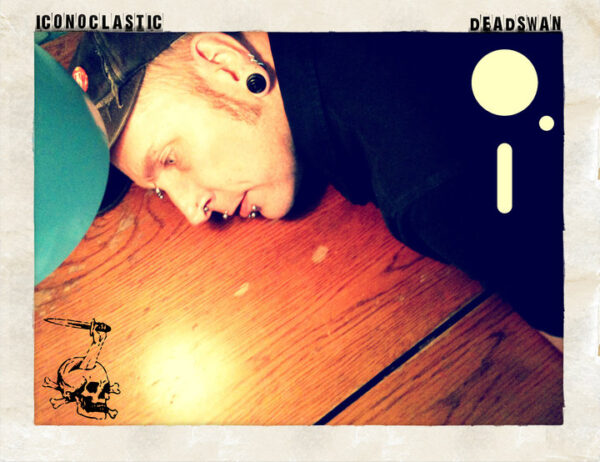





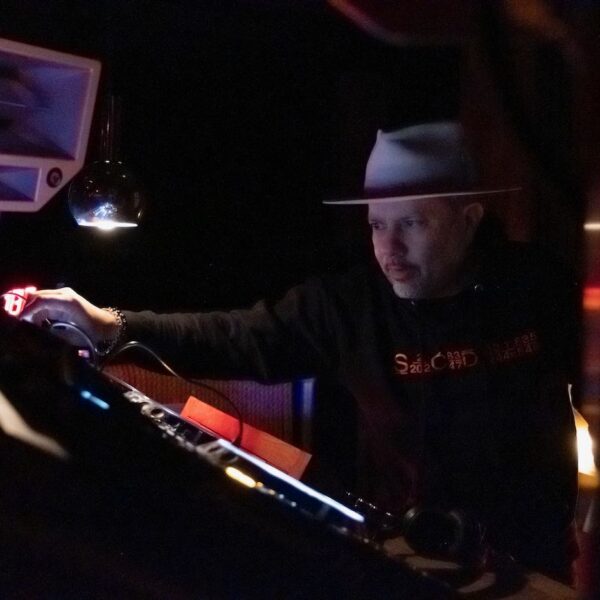








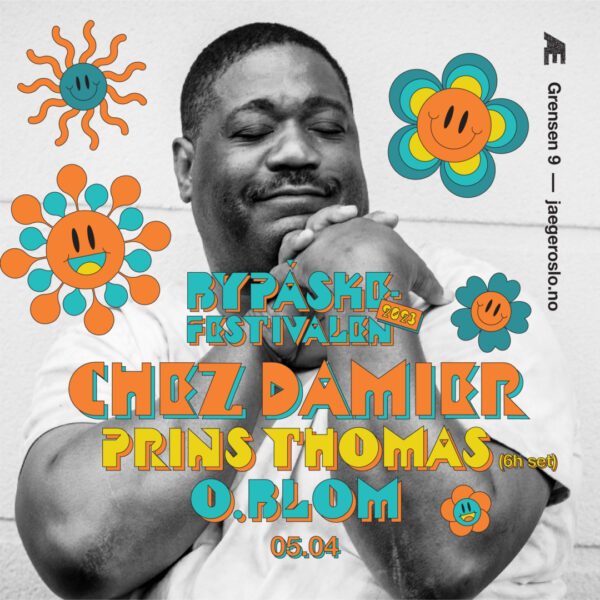


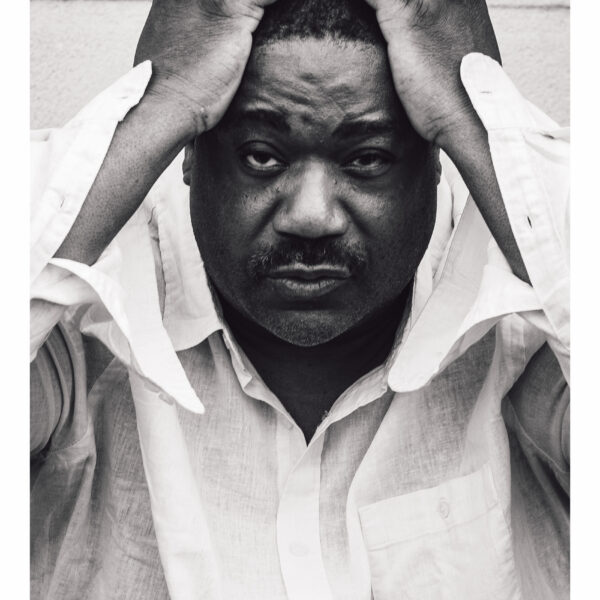






















 What do you remember of the nights at Space @ Bar Rumba?
What do you remember of the nights at Space @ Bar Rumba? How did you and Honey start working together?
How did you and Honey start working together?
 You mentioned, Garage was big when you were teenagers. Is that around the same time you started to make music?
You mentioned, Garage was big when you were teenagers. Is that around the same time you started to make music?





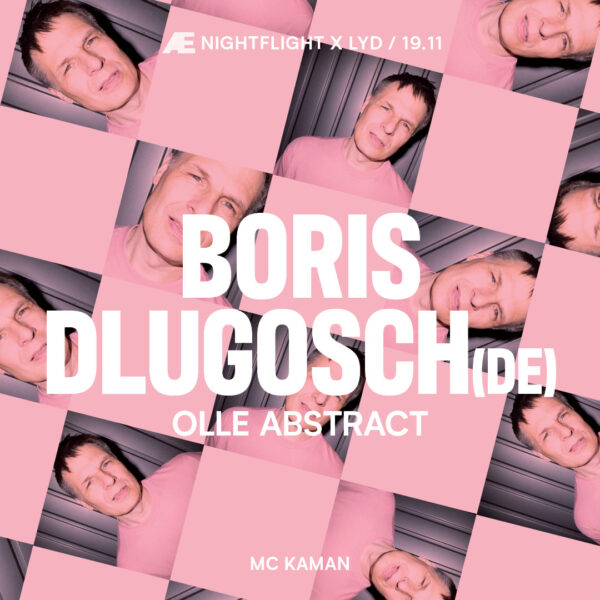




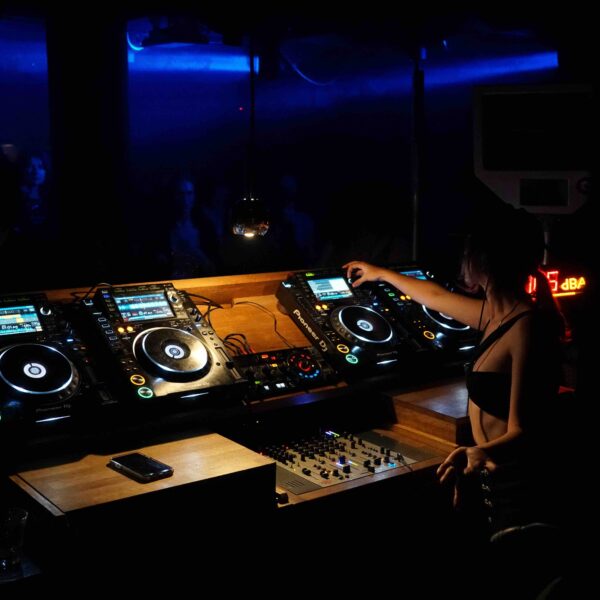








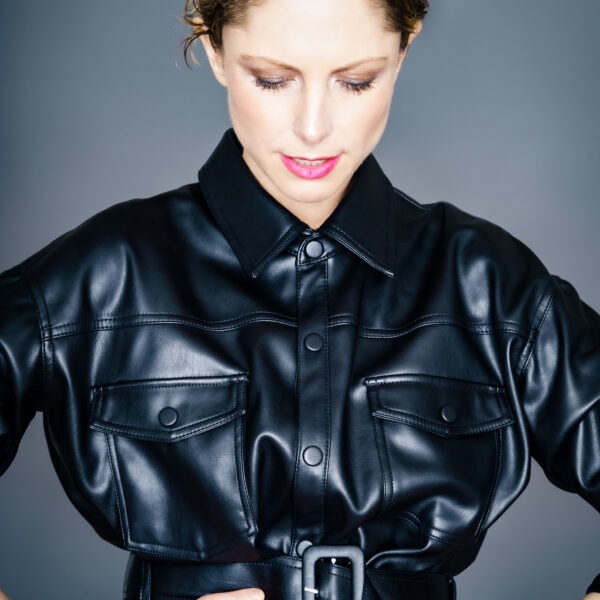






















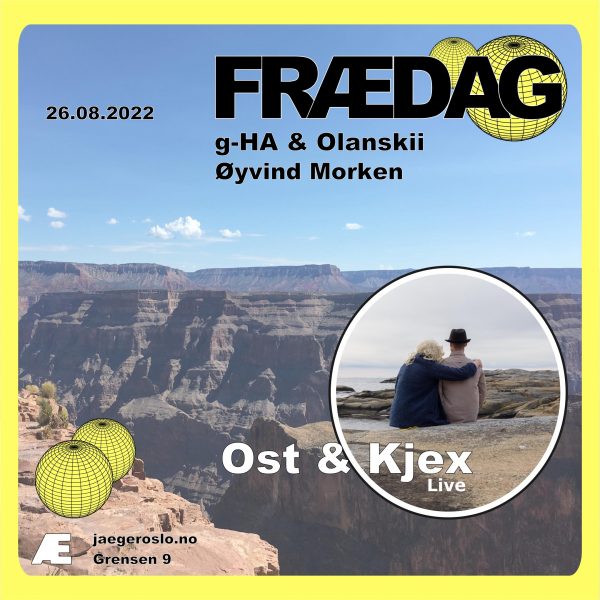

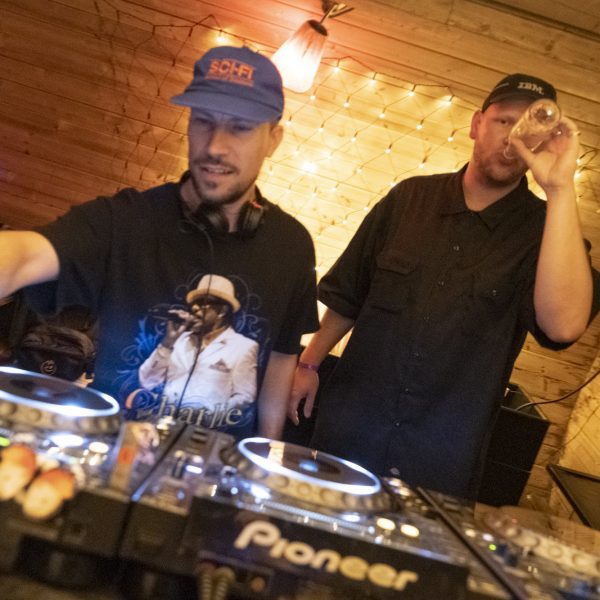

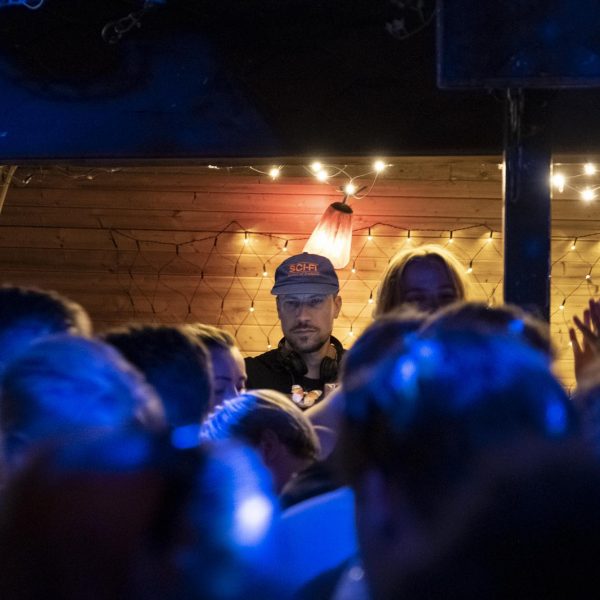













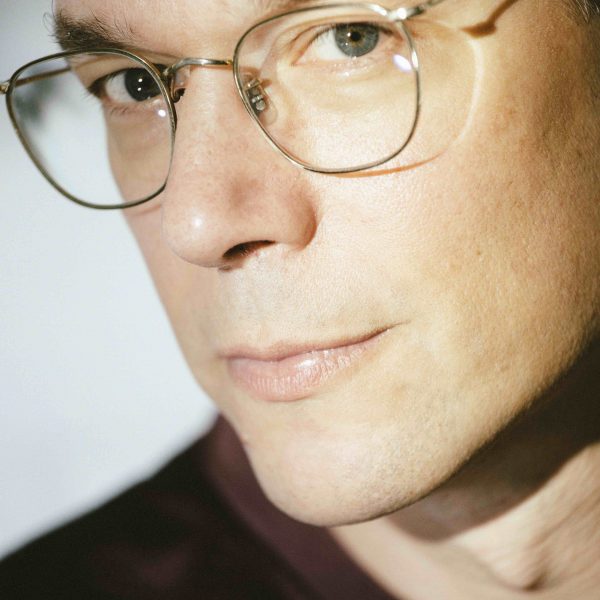

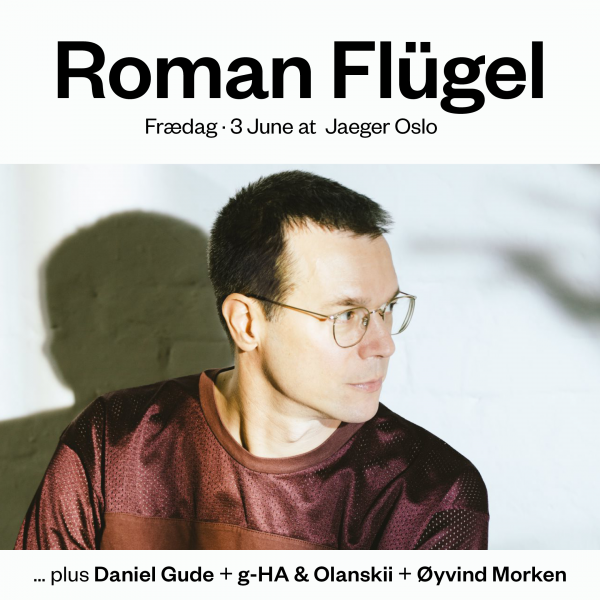
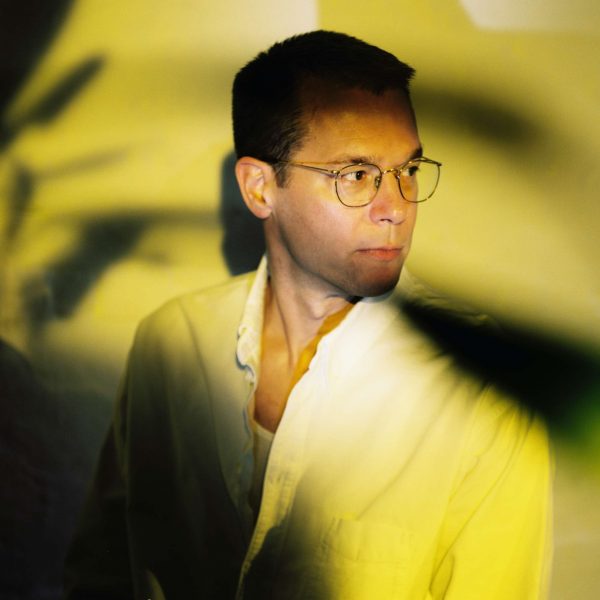






 James doesn’t feel queer is a “sexual statement,” but rather an ideology. “I know cis straight woman who identify as queer,” he says as an example. For James, queer is about a “rejection of patriarchy” and a the celebration of “alternative lifestyles” on dance floors. “As long as they bring love and joy to the dance, then everybody is welcome,” insists James. Even though the party they “do in New York is a different crowd to the one in London and the one in Berlin is different to both of those,” that queer element remains at its core and James “love
James doesn’t feel queer is a “sexual statement,” but rather an ideology. “I know cis straight woman who identify as queer,” he says as an example. For James, queer is about a “rejection of patriarchy” and a the celebration of “alternative lifestyles” on dance floors. “As long as they bring love and joy to the dance, then everybody is welcome,” insists James. Even though the party they “do in New York is a different crowd to the one in London and the one in Berlin is different to both of those,” that queer element remains at its core and James “love
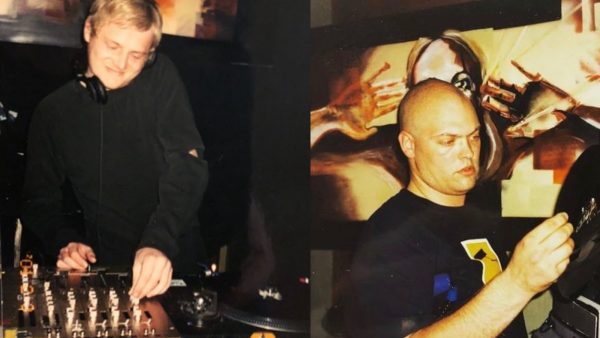
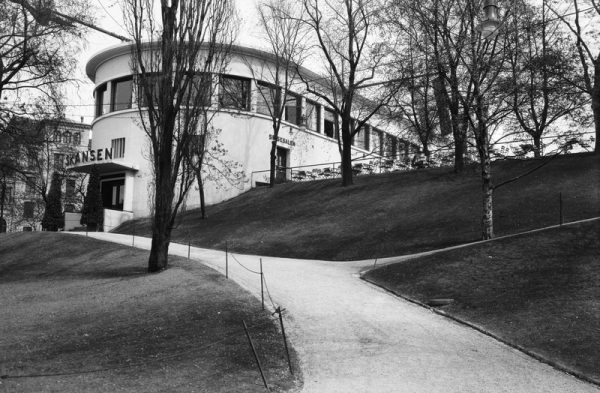


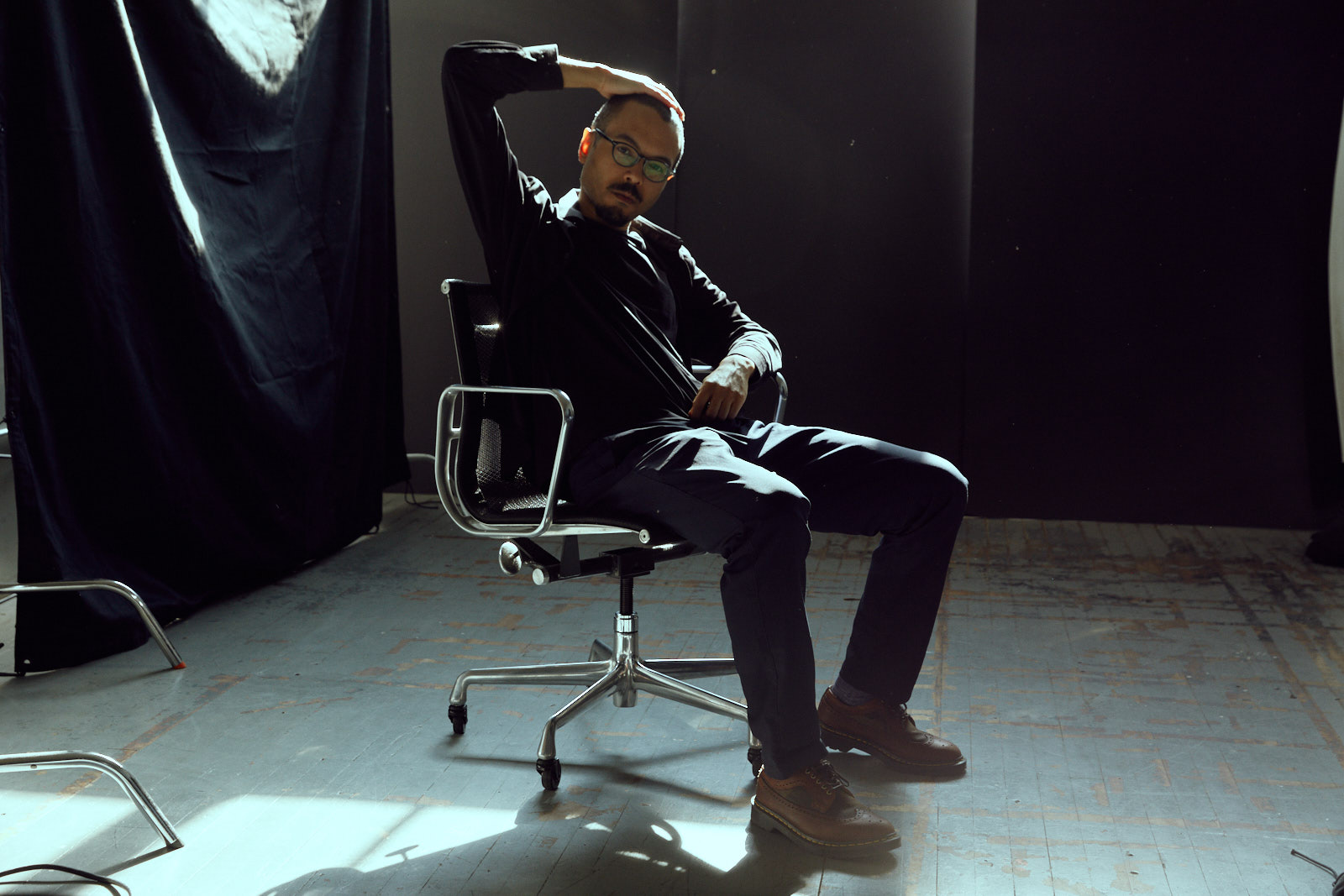






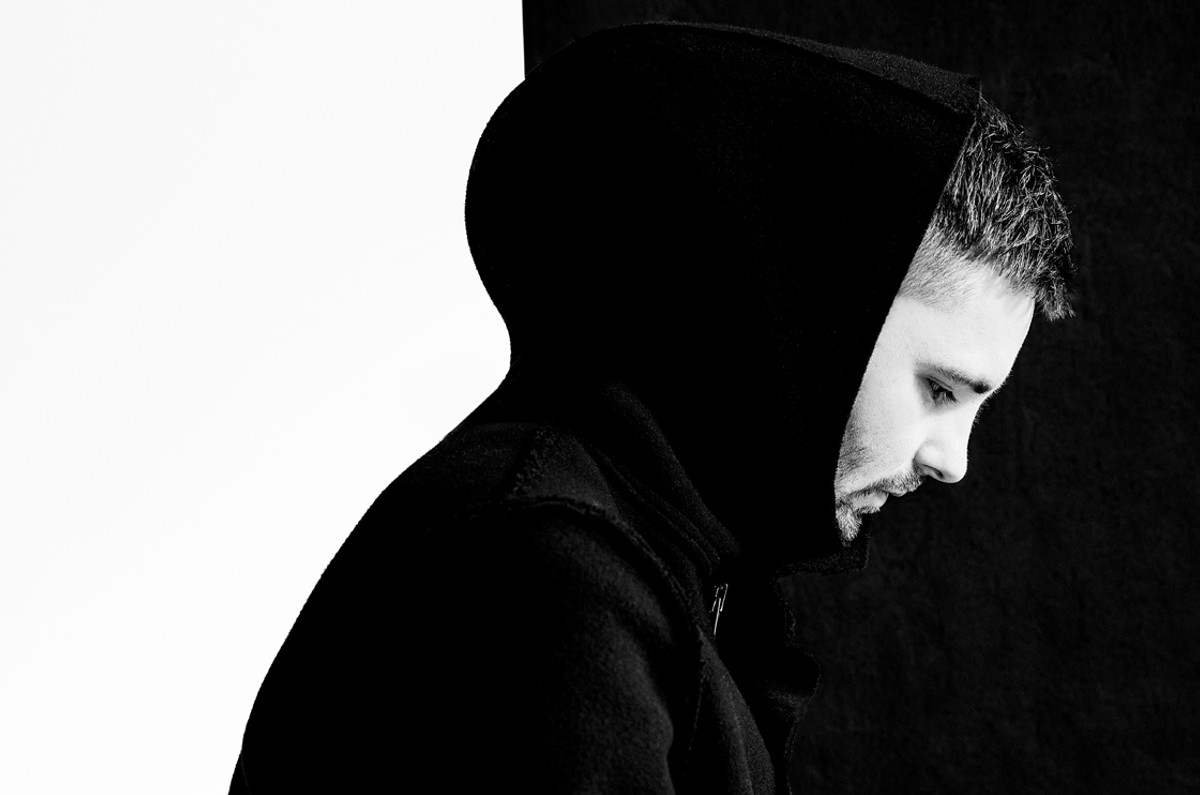
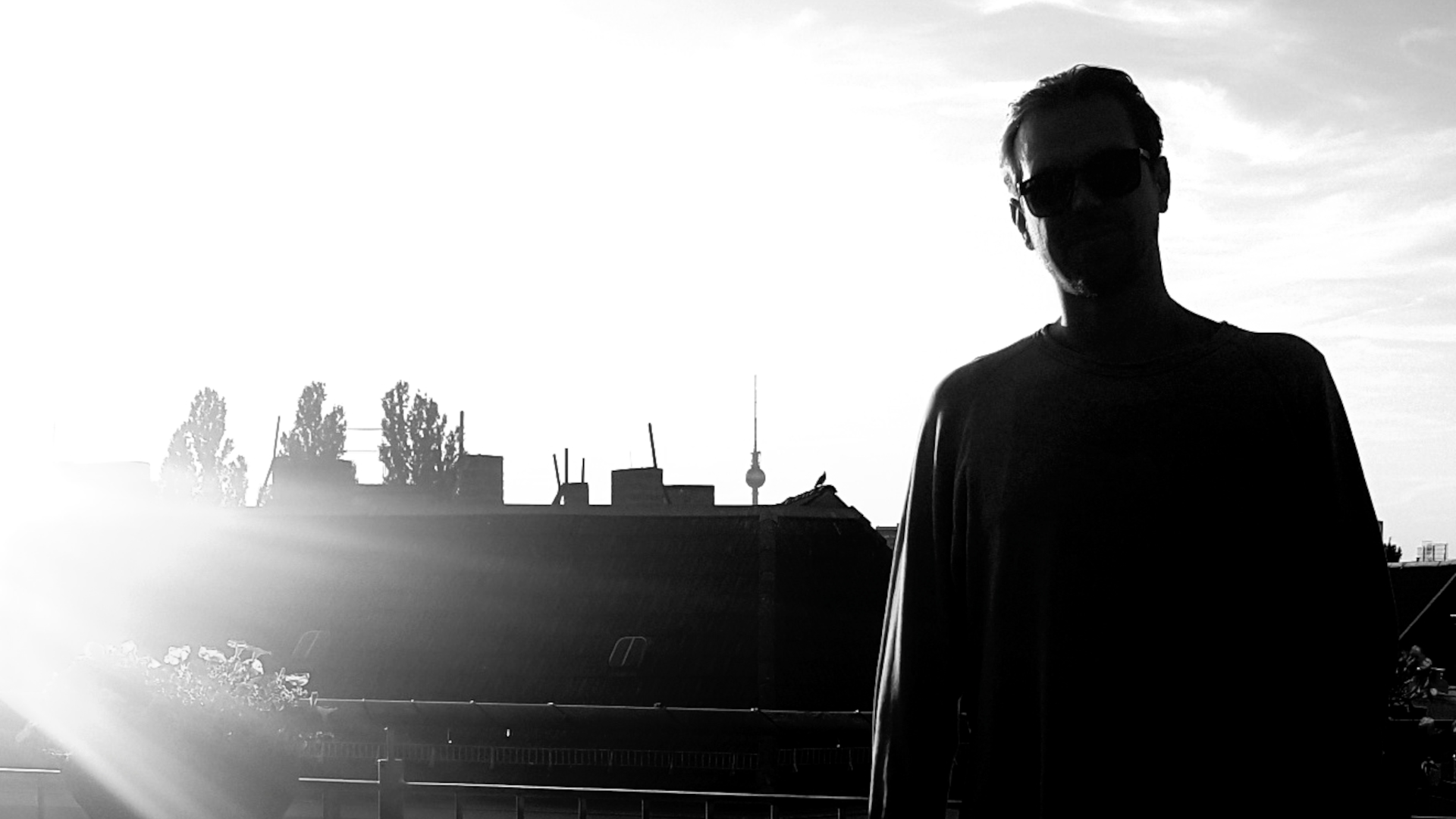



 Tell me about WINDOWS. Is it an album and/or a live show?
Tell me about WINDOWS. Is it an album and/or a live show?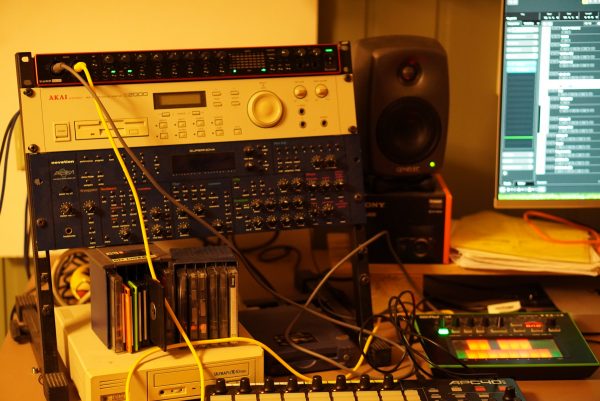


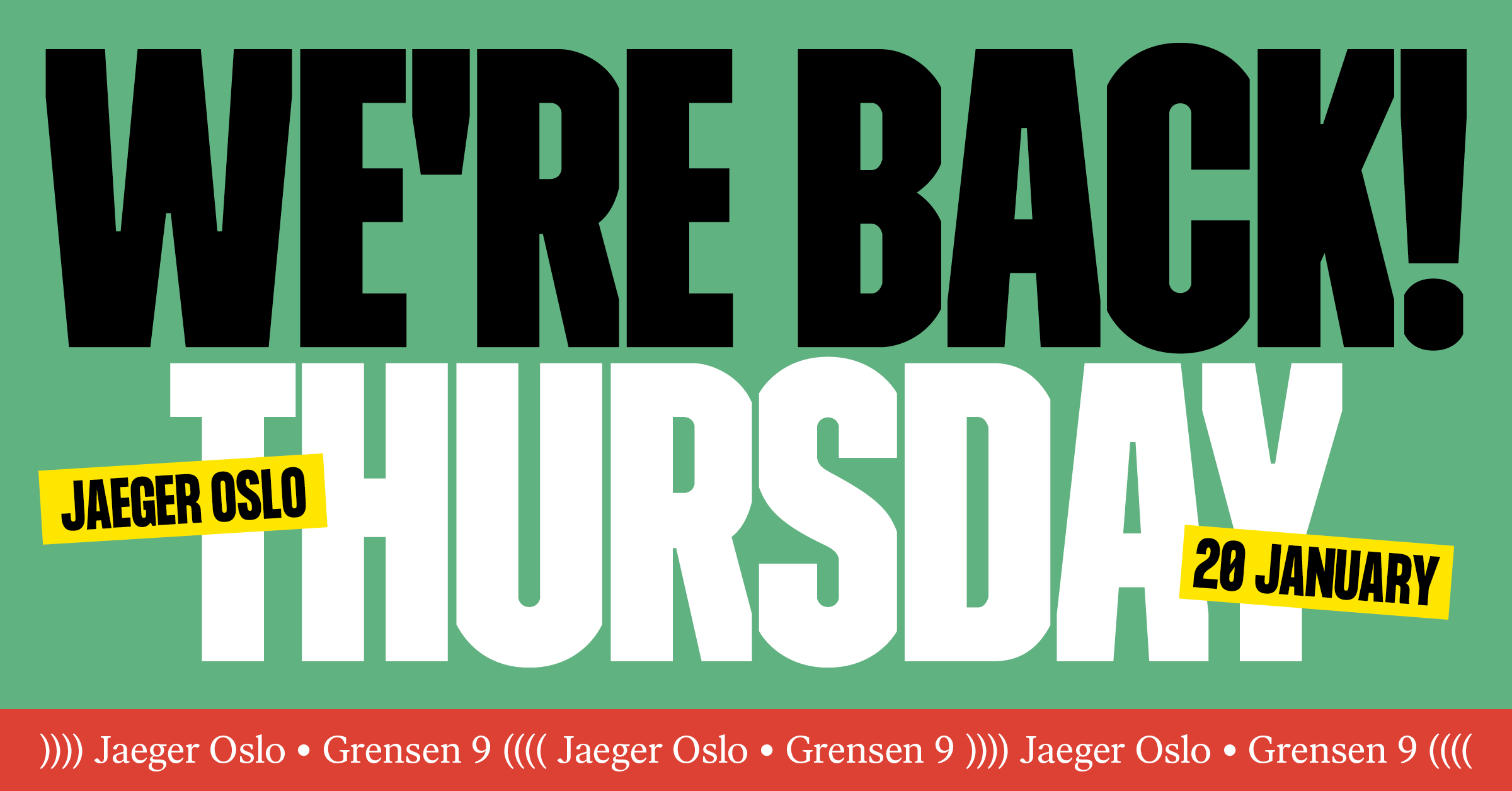








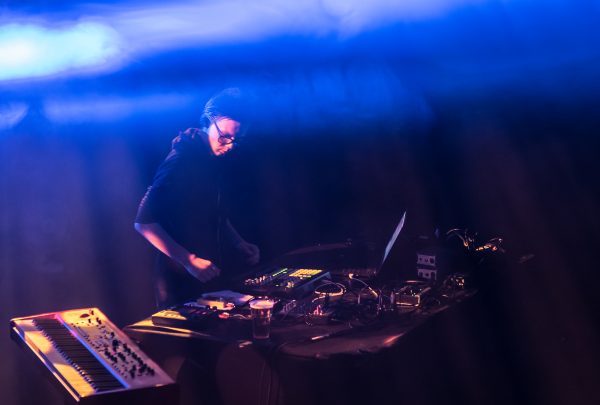

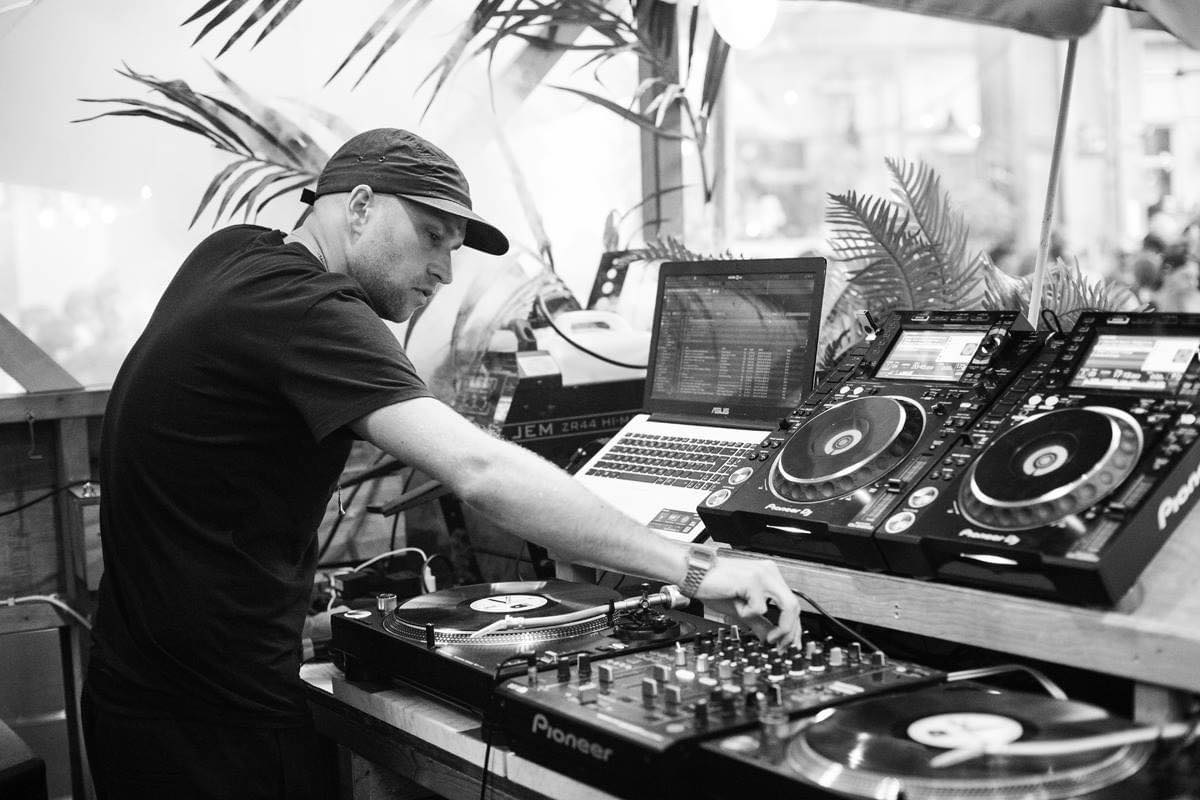

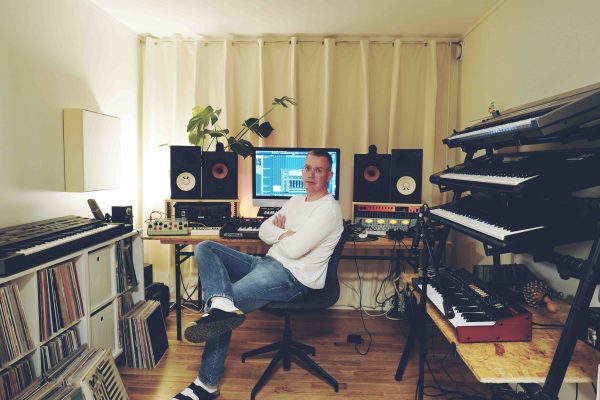














 Ida and Naomi both grew up in what they consider a “small town” called Sandefjord. Both had taken an early interest in music albeit from different points of view. While Ida was “drawn into singing very early,” Naomi was an avid listener, consuming all she can from Beyonce to Dimmu Borgir. At around the age of 11 Naomi’s dad built her a dance studio in the basement with “some cheap speakers and different kinds of disco lights” encouraging the impressionable youth towards electronic dance music. She would be “dancing like a crazy person to Benny Benassi” in her basement enclave she remembers fondly today.
Ida and Naomi both grew up in what they consider a “small town” called Sandefjord. Both had taken an early interest in music albeit from different points of view. While Ida was “drawn into singing very early,” Naomi was an avid listener, consuming all she can from Beyonce to Dimmu Borgir. At around the age of 11 Naomi’s dad built her a dance studio in the basement with “some cheap speakers and different kinds of disco lights” encouraging the impressionable youth towards electronic dance music. She would be “dancing like a crazy person to Benny Benassi” in her basement enclave she remembers fondly today. 






 You’re talking about the early nineties?
You’re talking about the early nineties?


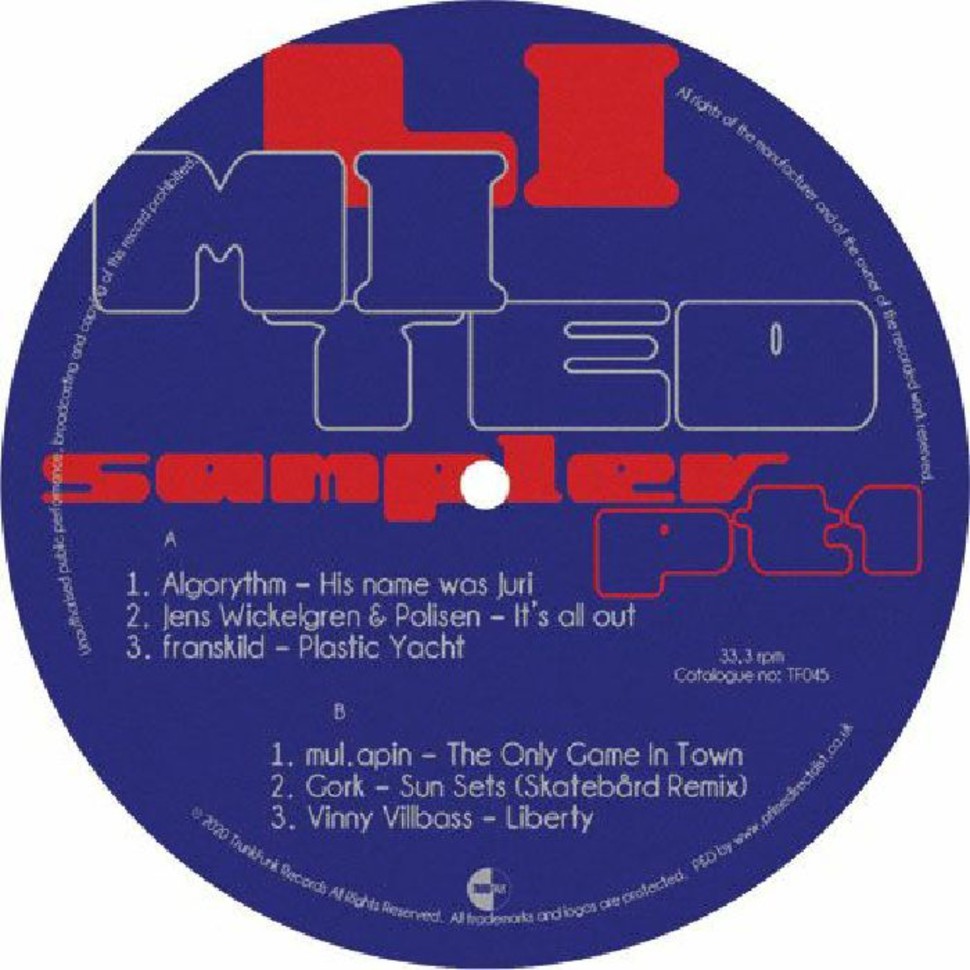






 Wilkes
Wilkes 13 years is still a long time for a club night, especially at that time, when everybody was going from one thing to the next quite quickly. How did you maintain that excitement around it for so long?
13 years is still a long time for a club night, especially at that time, when everybody was going from one thing to the next quite quickly. How did you maintain that excitement around it for so long?
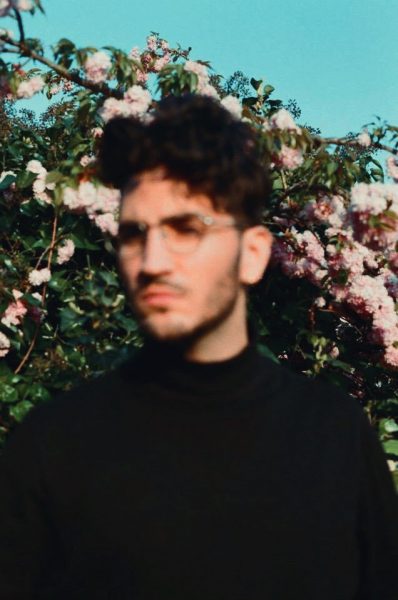 You got pigeonholed as a DJ, somewhat unfairly, in that Deep House trend after “Your Everything.” What effect did it have on what you would do next and how did you eventually sidestep it as a DJ?
You got pigeonholed as a DJ, somewhat unfairly, in that Deep House trend after “Your Everything.” What effect did it have on what you would do next and how did you eventually sidestep it as a DJ?






 Lars grew up in the
Lars grew up in the At 13 he had heard his first DJ playing Disco records consecutively, and by 15 he went to his first club and bought “Ten Percent“ on Salsoul. The speaker hanging out the window soon developed into a party in his apartment, and requests to play at other people’s house parties followed as he became a local mobile Disco music of some repute. “I just loved the music, it was just everything for me,” he remembers. At 18 he had made something of a career out of it, playing mostly commercial music, before somebody dropped “a stack of what they called Loft records” at his feet. “I was like ‘Whoa, what is this sound?’” It was a selection of expensive, limited press- and imported records, the kind of which they had been playing not only at the Loft, but also Paradise Garage. Although Morales had not yet been to either club, since they were strictly private clubs, he started making inroads as a dancer frequenting venues like Paradise Garage and the Loft through acquaintances with memberships, and eventually befriending people like Mancusso and DJ Kenny Carpenter. It was through Carpenter that he was inducted into a record pool, the first organisations that supplied DJs with new, unreleased music for the club, and it was through this pool that he would have his first major break as DJ.
At 13 he had heard his first DJ playing Disco records consecutively, and by 15 he went to his first club and bought “Ten Percent“ on Salsoul. The speaker hanging out the window soon developed into a party in his apartment, and requests to play at other people’s house parties followed as he became a local mobile Disco music of some repute. “I just loved the music, it was just everything for me,” he remembers. At 18 he had made something of a career out of it, playing mostly commercial music, before somebody dropped “a stack of what they called Loft records” at his feet. “I was like ‘Whoa, what is this sound?’” It was a selection of expensive, limited press- and imported records, the kind of which they had been playing not only at the Loft, but also Paradise Garage. Although Morales had not yet been to either club, since they were strictly private clubs, he started making inroads as a dancer frequenting venues like Paradise Garage and the Loft through acquaintances with memberships, and eventually befriending people like Mancusso and DJ Kenny Carpenter. It was through Carpenter that he was inducted into a record pool, the first organisations that supplied DJs with new, unreleased music for the club, and it was through this pool that he would have his first major break as DJ.



 The first release on the label came via KiNK, with the aptly titled “Home,” and in that record we find similarities to KiNK’s music from “Under Destruction” as tracks play on similar rhythmic and melodic themes, distilled down from traditional music, with titles like The Clock and The Grid redefining the concepts contained in their titles for western ears. Accompanying the release and future releases from a small, but dedicated community of artists, are a series of photos – most of which taken on phone – from Bulgarian DJ legend DJ Valentine. Alongside the music it consolidates a label that for the first time will distill some of that Bulgarian traditions into a contemporary platform.
The first release on the label came via KiNK, with the aptly titled “Home,” and in that record we find similarities to KiNK’s music from “Under Destruction” as tracks play on similar rhythmic and melodic themes, distilled down from traditional music, with titles like The Clock and The Grid redefining the concepts contained in their titles for western ears. Accompanying the release and future releases from a small, but dedicated community of artists, are a series of photos – most of which taken on phone – from Bulgarian DJ legend DJ Valentine. Alongside the music it consolidates a label that for the first time will distill some of that Bulgarian traditions into a contemporary platform.

 They had known they “had something by the first record” , the rather wordy “some, but not all Cheese comes from the moon.” That record, released on Planet Noise in 2004 had put Ost & Kjex on the map in Norway, but it was when they “sent the first tracks to Crosstown Rebels and they called back” they had something special according to Petter. “When Crosstown Rebels called up, we knew the outside world was listening” reiterates Tore and by the time of Cajun Lunch their sound was truly established.
They had known they “had something by the first record” , the rather wordy “some, but not all Cheese comes from the moon.” That record, released on Planet Noise in 2004 had put Ost & Kjex on the map in Norway, but it was when they “sent the first tracks to Crosstown Rebels and they called back” they had something special according to Petter. “When Crosstown Rebels called up, we knew the outside world was listening” reiterates Tore and by the time of Cajun Lunch their sound was truly established. 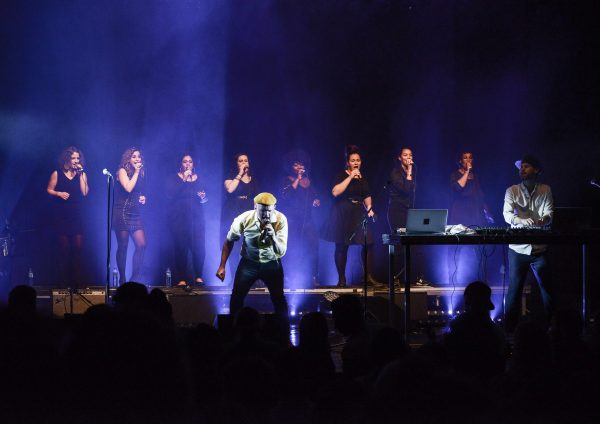








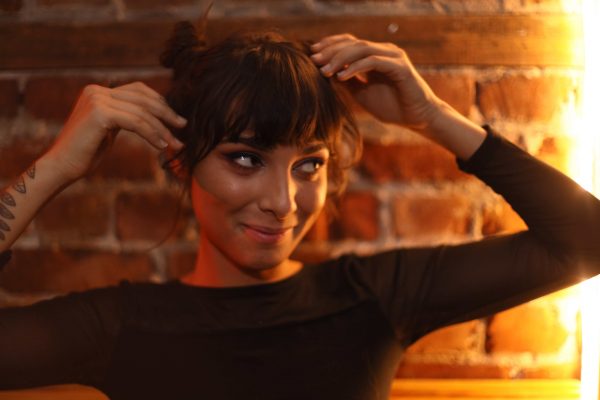 Do you remember a specific moment or track that inspired you to first mix two songs together?
Do you remember a specific moment or track that inspired you to first mix two songs together?

 Tell me about going to the Loft.
Tell me about going to the Loft. Did he just play on Blå’s soundsystem?
Did he just play on Blå’s soundsystem? Did you ever talk to him about the peak era of the Loft?
Did you ever talk to him about the peak era of the Loft?





 She gives my a side glance before answering; “Obviously there is a correlation… do I need to follow that…. A bit if I want to, but not really.” It’s understandable why she won’t acquiesce to the archetypes that dominate DJ culture today. As she insists, she
She gives my a side glance before answering; “Obviously there is a correlation… do I need to follow that…. A bit if I want to, but not really.” It’s understandable why she won’t acquiesce to the archetypes that dominate DJ culture today. As she insists, she 

 That was my introduction to Jaeger’s “Diskon sound” as I came to know it and throughout my tenure here, the sound system kept growing, shrinking and moving in a constant evolution that owner and resident Ola Smith-Simonsen (Olanskii) still refers to as a ”work in progress.” It’s been in a constant state of flux that has taken a life of its own as the venue, the DJs and the audience kept changing around it and as it kept retreating further into the structural makeup of the room and the dance floor it’s allure is indistinguishable between these elements. And as Ola starts talking about the next phase of the system and the recently-installed bass traps settle into the walls, it’s an evolution in sound that refuses to come to any natural conclusion.
That was my introduction to Jaeger’s “Diskon sound” as I came to know it and throughout my tenure here, the sound system kept growing, shrinking and moving in a constant evolution that owner and resident Ola Smith-Simonsen (Olanskii) still refers to as a ”work in progress.” It’s been in a constant state of flux that has taken a life of its own as the venue, the DJs and the audience kept changing around it and as it kept retreating further into the structural makeup of the room and the dance floor it’s allure is indistinguishable between these elements. And as Ola starts talking about the next phase of the system and the recently-installed bass traps settle into the walls, it’s an evolution in sound that refuses to come to any natural conclusion. 
 “It’s like money,” collates Rosner in a RBMA lecture; ”you can never have too much because you know you can give some of it away. Loudspeakers can never be too big, because you can always turn the volume down.” In one of Rosner and Mancuso’s crowning achievements at the Loft their combined efforts resulted in creating a tweeter-array system that helped spread those higher sonic frequencies more evenly and further across the room, so that even the person sitting in the back could hear every element in the music rather than just the bass frequencies, which naturally has the longest reach. Even though Rosner didn’t initially agree with Mancuso’s tweeter array idea, he soon came around when he discerned ”the more you have up there the better.” It’s a sonic philosophy that’s still noticeably adopted today when you see towers of horns jutting out high above the DJ somewhere like stalagmites on a cave wall, but while it’s certainly helpful having all that sound on tap, it’s pretty pointless if it’s not pointed in the right direction.
“It’s like money,” collates Rosner in a RBMA lecture; ”you can never have too much because you know you can give some of it away. Loudspeakers can never be too big, because you can always turn the volume down.” In one of Rosner and Mancuso’s crowning achievements at the Loft their combined efforts resulted in creating a tweeter-array system that helped spread those higher sonic frequencies more evenly and further across the room, so that even the person sitting in the back could hear every element in the music rather than just the bass frequencies, which naturally has the longest reach. Even though Rosner didn’t initially agree with Mancuso’s tweeter array idea, he soon came around when he discerned ”the more you have up there the better.” It’s a sonic philosophy that’s still noticeably adopted today when you see towers of horns jutting out high above the DJ somewhere like stalagmites on a cave wall, but while it’s certainly helpful having all that sound on tap, it’s pretty pointless if it’s not pointed in the right direction. It was Alex Rosner that introduced Long to this world, as a kind of fixer for his sound systems and it would be Rosner that would also inadvertently put him into business. In “Last night a DJ saved my life,” Francis Grasso described an incident where Rosner sent Long out on a job, and Long usurped his boss by outbidding him on the same job as an independent contractor. Rosner remembers it differently in the RBMA documentary. According to Rosner, John Addison (Studio 54) had phoned Rosner up in the middle of the night to ask about doing some work for him. Rosner swiftly hung up on Addison, noting the lateness of the call in what I assume was short conversation littered with expletives. Addison in all his ‘70s cocaine-fuelled cock-sured fury was not a person you would hang the receiver up on likely and put his next call in to Rosner’s budding apprentice effectively putting Richard Long and associates into business.
It was Alex Rosner that introduced Long to this world, as a kind of fixer for his sound systems and it would be Rosner that would also inadvertently put him into business. In “Last night a DJ saved my life,” Francis Grasso described an incident where Rosner sent Long out on a job, and Long usurped his boss by outbidding him on the same job as an independent contractor. Rosner remembers it differently in the RBMA documentary. According to Rosner, John Addison (Studio 54) had phoned Rosner up in the middle of the night to ask about doing some work for him. Rosner swiftly hung up on Addison, noting the lateness of the call in what I assume was short conversation littered with expletives. Addison in all his ‘70s cocaine-fuelled cock-sured fury was not a person you would hang the receiver up on likely and put his next call in to Rosner’s budding apprentice effectively putting Richard Long and associates into business.

 “Drugs, nothing more,” says Tornike, but “when they raided the club, no-one was arrested for dealing drugs and they couldn’t find any drug dealers inside the club, only finding 2 or 3 grams” on individuals. The club owners were arrested too, without a warrant on some overblown claims of obstruction, which never resulted in any charges brought forward, but what happened directly after the raid, was a force of solidarity in a clubbing community that we haven’t seen since the time of the criminal justice and public order act. People like Tornike, who had started gathering outside Bassiani as the police were carting off their friends and colleagues, were protesting the arrests. “We were trying to figure out what was happening,” explains Tornike who “didn’t even know which Police station they took them to” at the time.
“Drugs, nothing more,” says Tornike, but “when they raided the club, no-one was arrested for dealing drugs and they couldn’t find any drug dealers inside the club, only finding 2 or 3 grams” on individuals. The club owners were arrested too, without a warrant on some overblown claims of obstruction, which never resulted in any charges brought forward, but what happened directly after the raid, was a force of solidarity in a clubbing community that we haven’t seen since the time of the criminal justice and public order act. People like Tornike, who had started gathering outside Bassiani as the police were carting off their friends and colleagues, were protesting the arrests. “We were trying to figure out what was happening,” explains Tornike who “didn’t even know which Police station they took them to” at the time.



 In the month of October, DJ Lekkerman hands over the reigns of his weekly residency to a couple of stalwarts on Den Gyldne Sprekk roster, and two DJs and music enthusiasts that know the concept inside out. Beastie Joyce and Jørgen Egeland host another month of Den Gyldne Sprekk at Jaeger with a series of concepts that go from another KIZZ pøb to the blood-curdling sounds of Memphis Rap for Halloween as the pair resurrect their Funk Boys alias to invite a host of kindred spirits to the lineup for October.
In the month of October, DJ Lekkerman hands over the reigns of his weekly residency to a couple of stalwarts on Den Gyldne Sprekk roster, and two DJs and music enthusiasts that know the concept inside out. Beastie Joyce and Jørgen Egeland host another month of Den Gyldne Sprekk at Jaeger with a series of concepts that go from another KIZZ pøb to the blood-curdling sounds of Memphis Rap for Halloween as the pair resurrect their Funk Boys alias to invite a host of kindred spirits to the lineup for October.  KIZZ PØB returns! What is it about the band in your opinion that continues to draw old and new fans to their music?
KIZZ PØB returns! What is it about the band in your opinion that continues to draw old and new fans to their music?

 How did you feel your set at Jaeger went?
How did you feel your set at Jaeger went? Do you consider yourself a veteran of the scene in that respect?
Do you consider yourself a veteran of the scene in that respect?

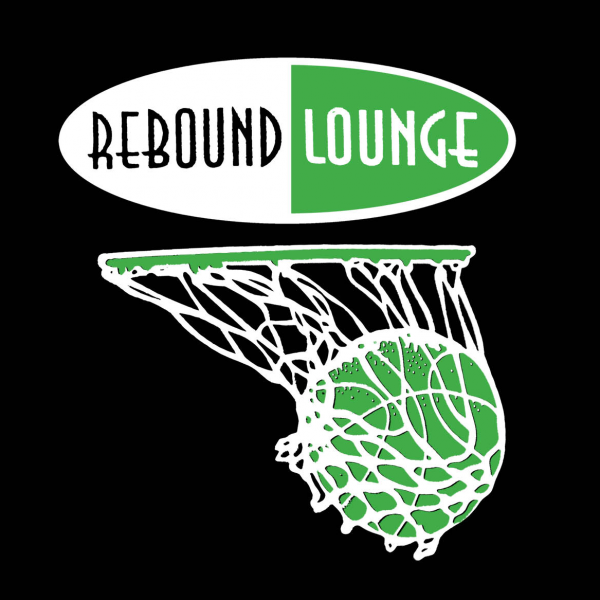 The music you guys make on Rebound to me sounds like its all built on a foundation of House, but there’s also that frosty Norwegian sonic element in there. What conscious steps do you take in creating that sound?
The music you guys make on Rebound to me sounds like its all built on a foundation of House, but there’s also that frosty Norwegian sonic element in there. What conscious steps do you take in creating that sound?

 I spoke to Carl Craig recently and he told me that DJing was the day job to afford the passion of making music. But I have a sneaking suspicion that’s the other way around for you, that DJing is the true passion?
I spoke to Carl Craig recently and he told me that DJing was the day job to afford the passion of making music. But I have a sneaking suspicion that’s the other way around for you, that DJing is the true passion?
 I think it would’ve been that way. I know DJs who just don’t have the attention span to make music. Some guys from Detroit I would really like to see out here, more. They are excellent DJs, but just don’t get the opportunity because they don’t have the patience to sit around and programme music.
I think it would’ve been that way. I know DJs who just don’t have the attention span to make music. Some guys from Detroit I would really like to see out here, more. They are excellent DJs, but just don’t get the opportunity because they don’t have the patience to sit around and programme music. 

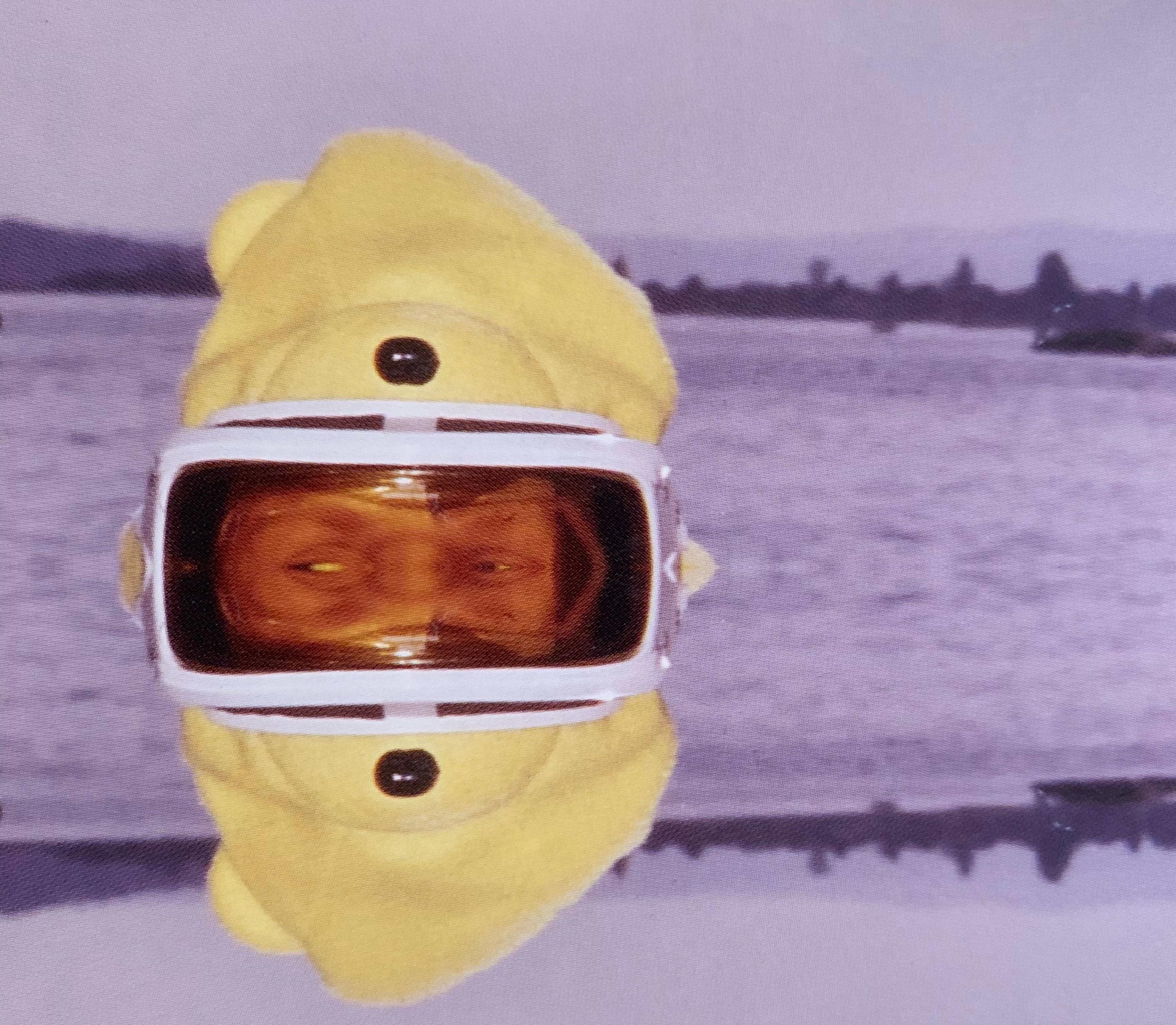
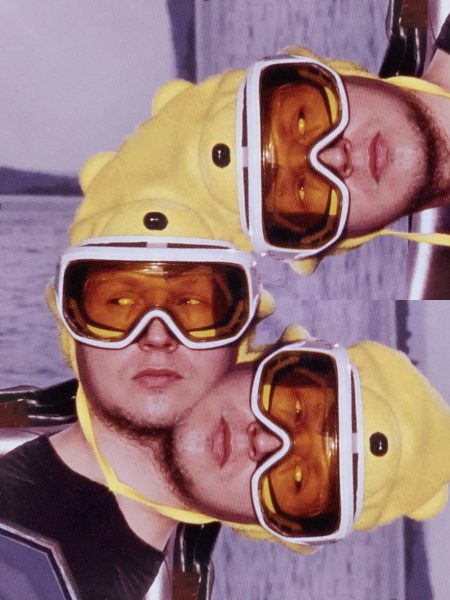 Jann Dahle started making music in 1992 in Tromsø when he moved there to study law. It was a fortuitous time to be making music in Tromsø as the critical point for a burgeoning Disco and House scene that would eventually spread around the globe. “I met Rune (Linbæk), Bjørn (Torske) and Kolbjørn (Lyslo aka Doc L Junior) and I started professionally DJing back then,” remembers Dahle. “There was a lot of buzz about Norwegian Disco at that moment, because of Bjørn,” but Tromsø being a small city, Dahle “got to know everybody” involved in music and landed a job at Brygge Radio alongside Bjørn, Rune, and Geir Jenssen (aka Biosphere).
Jann Dahle started making music in 1992 in Tromsø when he moved there to study law. It was a fortuitous time to be making music in Tromsø as the critical point for a burgeoning Disco and House scene that would eventually spread around the globe. “I met Rune (Linbæk), Bjørn (Torske) and Kolbjørn (Lyslo aka Doc L Junior) and I started professionally DJing back then,” remembers Dahle. “There was a lot of buzz about Norwegian Disco at that moment, because of Bjørn,” but Tromsø being a small city, Dahle “got to know everybody” involved in music and landed a job at Brygge Radio alongside Bjørn, Rune, and Geir Jenssen (aka Biosphere).









 When and how did Techno exactly come into your life and what drew you to the genre?
When and how did Techno exactly come into your life and what drew you to the genre? What do you look for in a Techno track to make it into your sets?
What do you look for in a Techno track to make it into your sets?




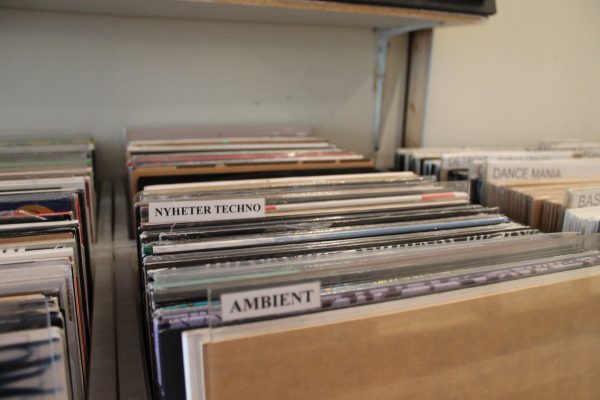









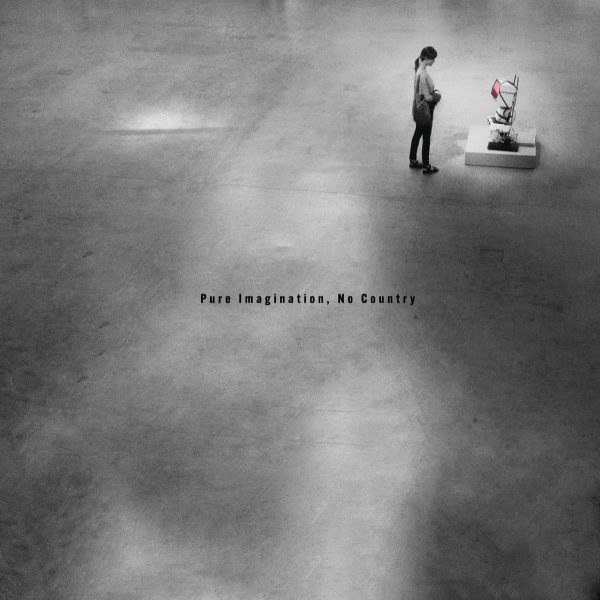 Channeling that experience of touring and playing live into this record, Dave Harrington Group favour an uninhibited approach on “Pure Imagination, No Country” as they capture that raw intensity and power of a live band in the studio. Nick Murphy emphasises this energy through post production, which on their previous LP, favoured a slicker, more refined approach. Dave Harrington’s guitar takes more of a central role on the LP, where it appears mostly unprocessed in its natural state taking the stage front and centre in the production across the album.
Channeling that experience of touring and playing live into this record, Dave Harrington Group favour an uninhibited approach on “Pure Imagination, No Country” as they capture that raw intensity and power of a live band in the studio. Nick Murphy emphasises this energy through post production, which on their previous LP, favoured a slicker, more refined approach. Dave Harrington’s guitar takes more of a central role on the LP, where it appears mostly unprocessed in its natural state taking the stage front and centre in the production across the album.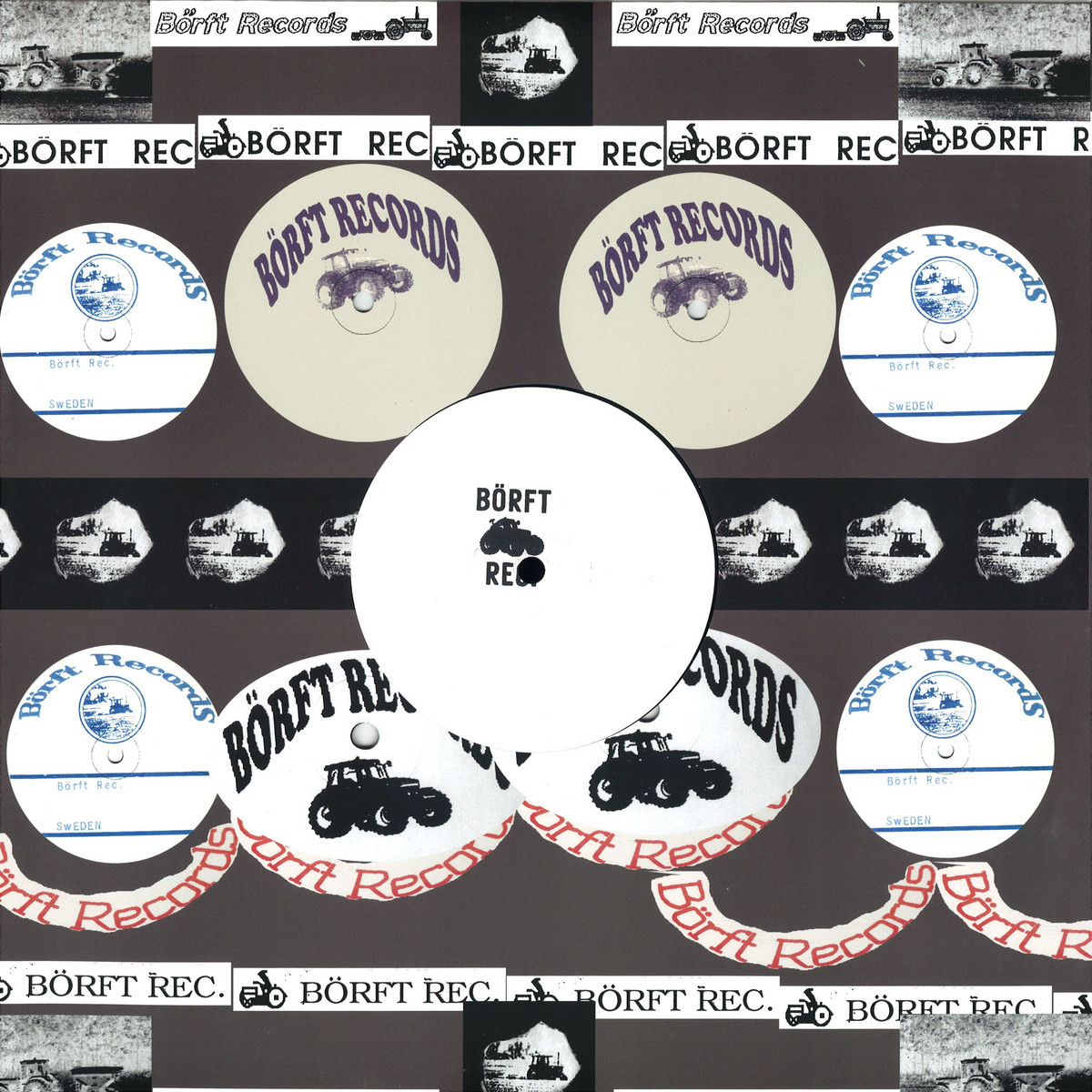


 Working with TB Arthur and people like BMG, do you think It’s changed the way you make music?
Working with TB Arthur and people like BMG, do you think It’s changed the way you make music? Like every DJ out there today you have an agent that takes care of your bookings, but do you have the final say where you’ll play?
Like every DJ out there today you have an agent that takes care of your bookings, but do you have the final say where you’ll play?




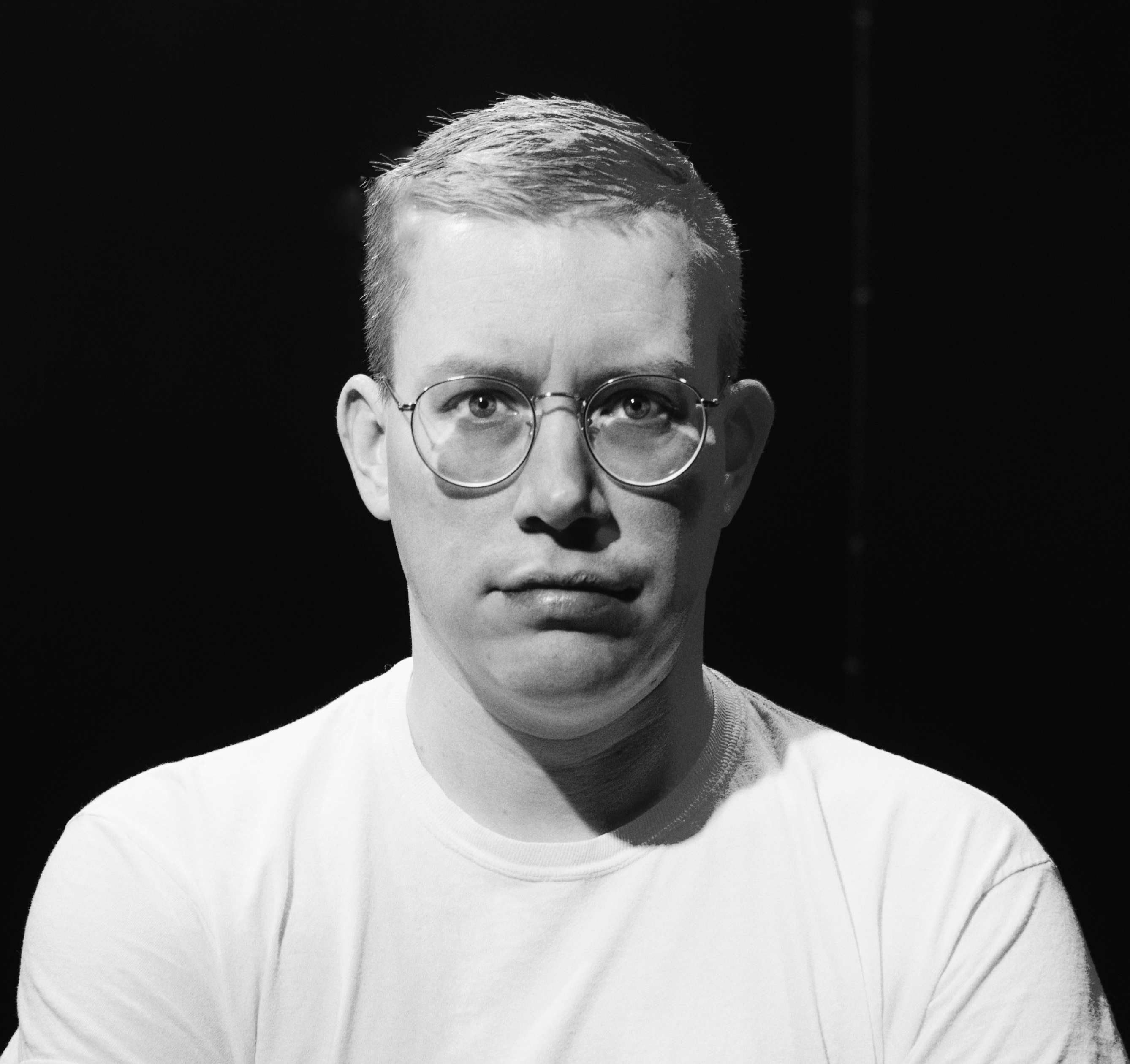








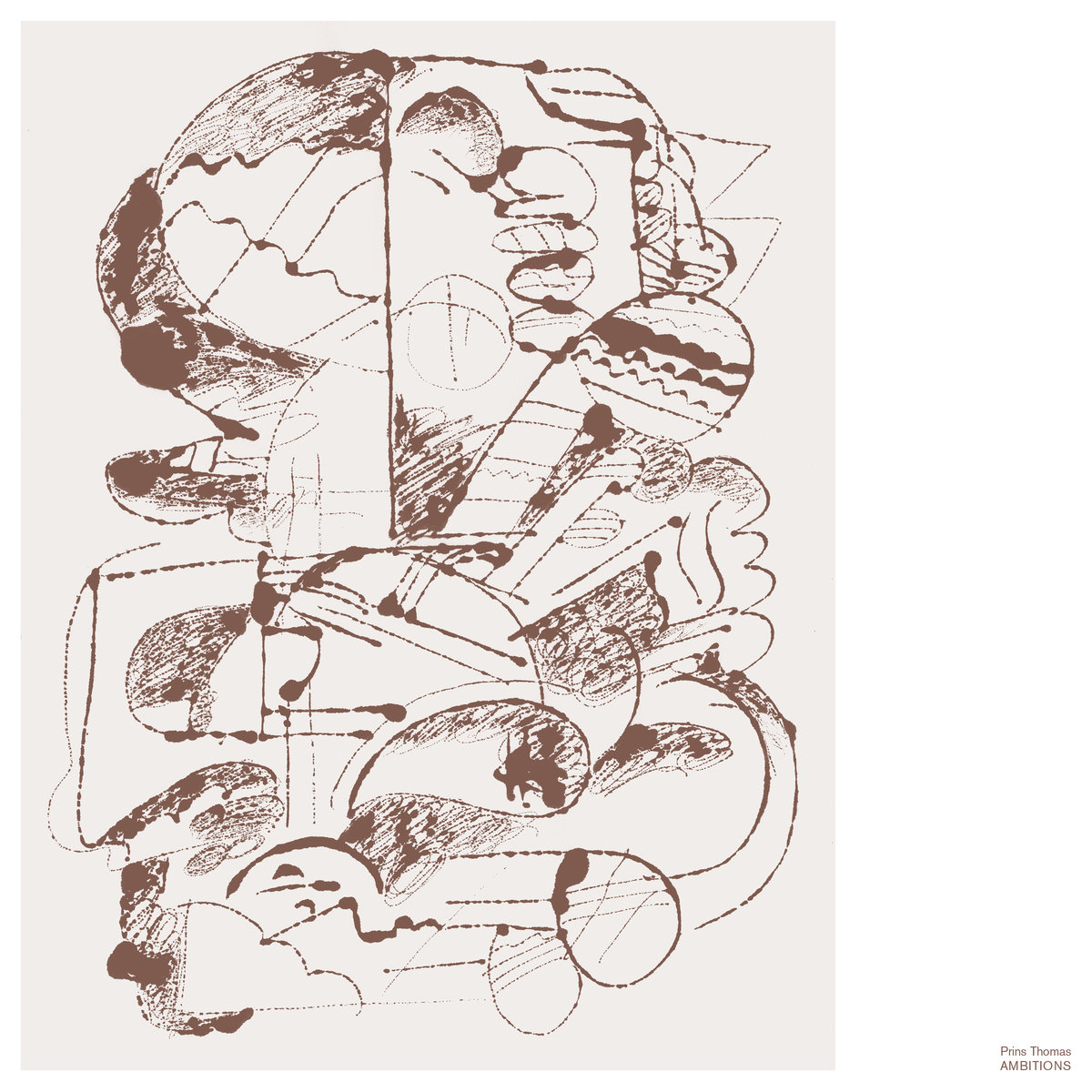


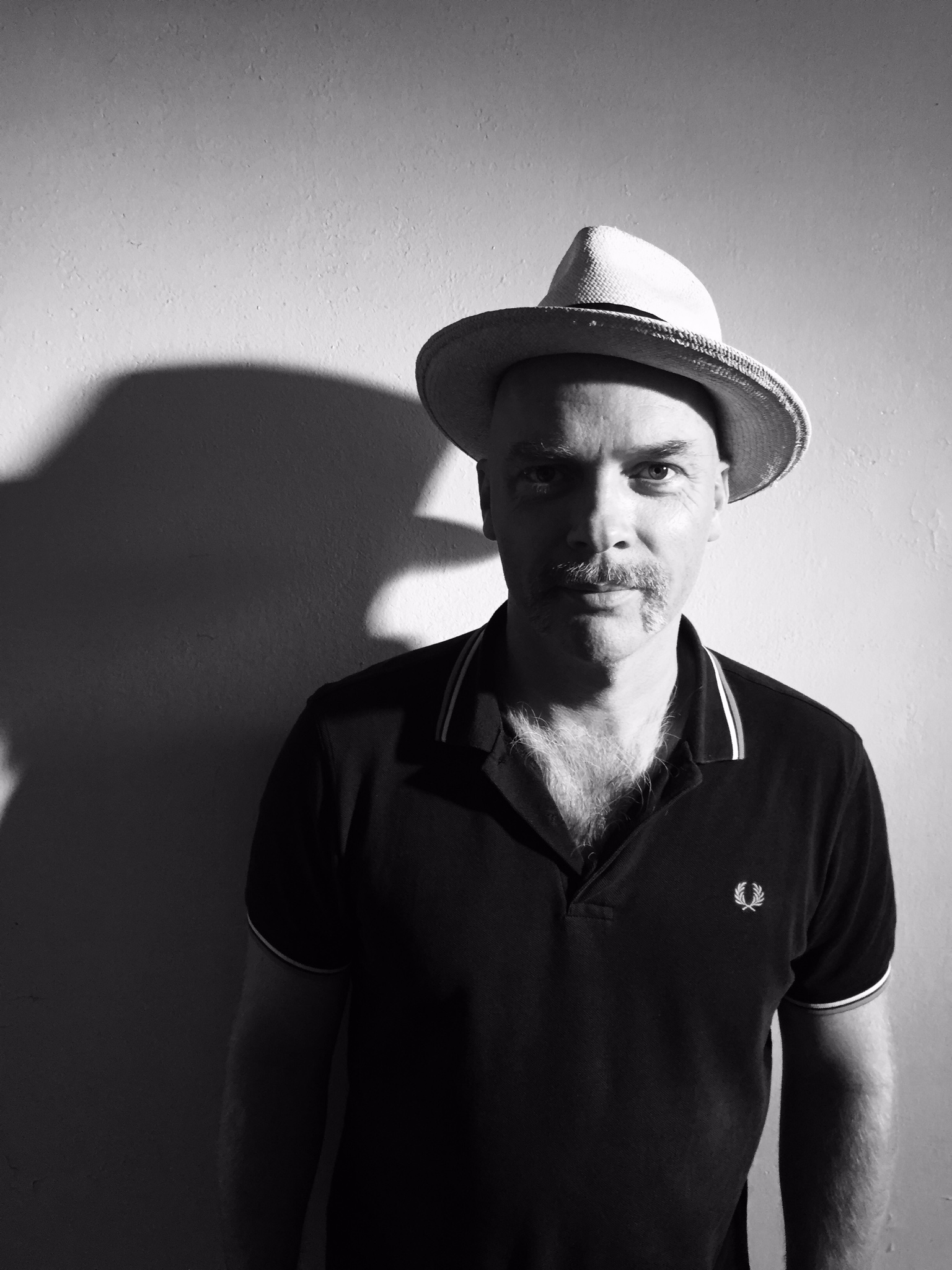






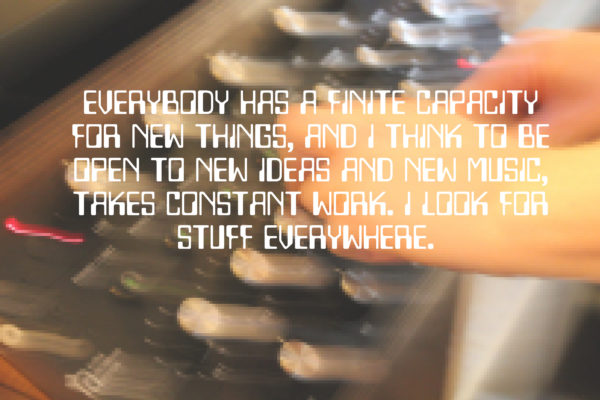







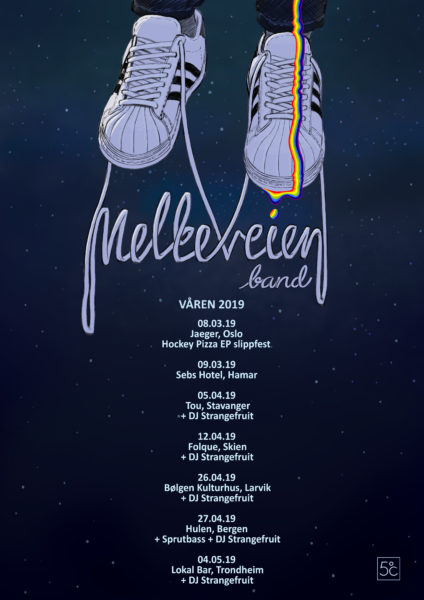




 Why these particular remix artists?
Why these particular remix artists?






 I’ve read that your philosophy is about exporting the Black Motion, and in extension the South African sound to the wider world.
I’ve read that your philosophy is about exporting the Black Motion, and in extension the South African sound to the wider world.



